How Tiger, Rory & Ernie Use Their Hips for Power
Learn the real pro secret of how the hips move in the golf swing to generate effortless power in the swings of Ernie Els, Rory Mcilroy and Tiger Woods. Learn a simple drill to master this movement yourself in this live golf lesson.
All right, so before we get started with this live lesson, I wanted to do a couple things different this time.
One, show a few different tour pros.
We're going to use Ernie, Tiger, and Rory at the beginning of this video to demonstrate a concept.
And then the second thing, you're going to hear me mention a video called the clamshell drill, which is on the site.
And so I put a link down in the description below.
So if you want to check out that video, click the link down below.
But for now, Let's get started and see how to build power into the swing, using your hips to use the ground.
And get your backswing and your downswing to sync up correctly so that the downswing starts before you finish your backswing.
Here's how to do it.
All right, so let's use Ernie Els here as an example.
And again, I'm going to talk about how the hips work in the swing.
Don't get too caught up on the lines that I'm going to draw here because this camera is going to move around a bit.
I didn't shoot the video, but you'll see me talking about the center of the pelvis and how it rotates.
Now that we've kind of got him situated, we'll kind of draw a line there.
That's about where it's close to where center of pelvis is.
But as I'm going through this live lesson helping the student, you'll see that we're talking about how by the time the left arm is about parallel to the ground, that the hips should actually be shifting back toward the left, not just laterally, but rotationally.
You'll see the right hip start to move away from this line I just drew.
So you'll see, watch his pocket as he begins to rotate.
He's mostly just turning here still.
He hasn't really begun to shift laterally.
We can tell that by drawing a line on the left hip.
You can see that he's pretty stationary until the hands start to near the top.
So this is mostly just rotating that hip back, which is the first step in that clamshell drill that I mentioned.
And of course, the overall dead drill, step one is talking about how to rotate your hips and your upper body and turn the backswing.
Now, as we get into that transition, step two of the dead drill, and the second part of the clamshell drill, you'll see that the pelvis, the center of the pelvis, has moved far more forward where it was at address, but rotates back.
So now, I've got too many lines here, but you can see his hip is pretty much where it started at address.
Pretty interesting, right?
Hips move forward, the center of the pelvis moves forward, and then it moves back in the downswing at impact.
Most amateurs might, and you'll see in this case with Jeff, he moves laterally too far this way in the backswing, and then he moves a ton laterally and not rotationally.
So he was complaining that he couldn't get posted up, and you'll see his left leg is still kind of bent at impact, but it's because he's not rotating.
If you rotate, the left leg will post up and the hip will move, the center of the pelvis will move back to where it started.
Let's take a look at this and with Rory and Tiger as well.
Okay, so now we've got Rory on the left, Tiger on the right, and they're both hitting drivers, so this will be a pretty even comparison to see how they move their hips during the backswing.
So, or excuse me, during the whole swing.
So now you'll notice Rory's hip, and again this camera moved quite a bit, but we'll draw a line once he gets about to here because the camera stops moving.
We'll put it kind of in the center of his belt loop.
Now watch as his left arm is parallel, how he's beginning to shift back to the right, or excuse me, back to the left, toward the target in his hips.
Now you can see how the left hip is starting, he's starting to fall into that left side.
This is where we start to talk about that squat to square and loading that leg and falling into the left side and using gravity to help us there.
Our hips have to be steeper during the downswing.
That left hip has to be lower than the right.
It facilitates the weight shift, makes it much easier, and now he's really loaded up, and he's ready to post up here, and again his hip, the center of his pelvis moves back to where it started.
Now in Tiger's case, this video is actually pretty decent.
The camera stays pretty quiet throughout the whole swing.
So watch here, we can use his center belt loop.
Note that it moves forward, and as the left arm is reaching parallel to the ground, you're going to start to see him falling back into that left side, so he's transitioning before his arms complete the backswing.
And then now as we begin to shift back, watch how the center belt loop ends up right back where it started at setup.
So when you're working through this clamshell drill, helping you facilitate how to move your hips correctly using that chair, this is a key point that I want you to understand how your hips are going to move and interact with that chair.
Now let's dive into lesson and see how we helped Jeff load up and create a lot more power in his swing.
So what's going on?
How can I help you?
Is that good?
Oh, you're freezing up on me again.
There you go.
There we go.
Okay.
I don't know why.
Is that better?
Yeah, I can see you great.
Okay, cool.
man, I've been, I've been, I don't know if you read my information, but I've been trying to, I'm about a five handicap.
I, I'm playing pretty good.
I just, it's something I'm doing with my body.
I know what's wrong.
And of course, it's probably what you hear all the time is with the transition from backswing to downswing.
Sure.
So it's just trying to put that together and to consistently, you know, be a good ball striker, you know, and it's just, it's just driving me crazy going out there shooting 81 and then a 74.
And then, you know, then it's back to 85 and it's just, it's crazy.
So, yeah, that's no fun.
No fun for sure.
So, so what do you typically see when your ball striking starts going awry?
What's going on?
Um, I usually start, everything started going straight left, you know, it'll, it'll, it'll, it'll go left in there.
Or, or as Tiger puts it, army golf, you know, I'll start hitting the left.
Then all of a sudden, bam, I hit it.
I push one, right.
It's like, you know, what, what am I doing?
What happened?
You know, or I hit one straight.
So it's kind of like that.
It's just so inconsistent.
And what do you think causes it?
I think, I think it is my transition to be honest with you, um, or my backswing.
Cause I, I feel, I feel again that I have my, my backswing pretty good.
Uh, well, it could be wrong, but coming down, I just, it's like, I get stuck.
Like sometimes when I do the squat square drill and I feel like I can feel my boots loaded.
And then I try, you know, I try to spring up and then my club will hit behind the ball sometime.
Like, you know what I mean?
So I'm doing something wrong.
I don't know.
So no, that's super common.
It's gluing that stuff together with getting the legs to work correctly, with the torso and the arms release, and all.
That is really the secret to the swing.
But when you understand what you're really trying to do there, it should get actually get a lot simpler.
So there's just some little disconnect that's missing somewhere.
Most likely that, that we, uh, we need to dial in and help you think about things a little bit differently.
So it looks like you got some clubs back there.
You got a place you can make some swings and we can see what's going on.
Yeah.
Yeah.
Hopefully you can see it.
Now sometimes just on my back, you might see too.
I'll, I'll, I feel, it'll give us a feel.
I feel like, um, I'm like kind of standing up a little bit.
Yeah.
You know, coming out of my posture, but I don't know.
It's just how I feel.
Okay.
Perfect.
Well, let's see what's going on.
Let's get you fixed up.
Okay.
Perfect.
Uh, let's do one down the line.
How's that?
Perfect.
All right.
Now I want you to do one with your back to the camera because I want to show you what's going on with your hips here.
Yep.
Perfect.
All right.
Let's take a look.
See.
So we're going to look at this from all three angles.
I want you to understand a couple of things that are going on.
That's why I did the, the behind view.
Honestly, that's probably one of the most valuable views there is in the golf swing.
Um, but, uh, I'll talk about it in a minute as we get there.
So let's start face on.
Okay.
So first thing, let's look at the face on stuff and the main lines that you're going to want to check here are really simple ones.
The first one, I want you to always draw a line on the outside of your right hip and your head.
Now, setup wise is you a little bit too far back behind the ball at set up.
This would be fine for you're trying to hit a big high drive, but when you have a little bit of, uh, uh, too much weight on the back and that's getting your body a little bit further behind the ball than where it ideally should be.
But, um, for right now, it's fine for our purposes.
It's not causing the issues that are going on, But I'm going to draw one more line on top of your head.
And this will help you kind of see the big picture stuff that you really need to concern yourself with.
So as you go back, as you mentioned, you said you sometimes feel like you kind of stand up, right?
Yep.
So you can see halfway back, you've stood up several inches, right?
Wow.
Yep.
And look at your right hip, how it's moved outside this line.
Yep.
These two things are death nails in the golf swing.
Okay.
Your body should literally be doing the exact opposite.
Your head should be going down under this line during the backswing.
And by the time that your arm is about parallel to the ground, your hip should be shifting back toward the target.
So we should actually see a little space, uh, in between this line going the other way.
So now what you have is a sequencing problem.
Okay.
That it's going to be very difficult.
And this, and what you do to try and make up for it is look how much your head has now moved forward and also still above the line where it started at address.
Your head should always be lower than where it started at address.
So, so now that your head's out in front, you're going to start seeing the ball go every direction because you're, you're the preference points that you have for the bottom of your swing arc have changed.
And it's not actually that your head's in a horrible position because you were a little bit far off from address.
Your head was a little too far back, but the bigger issue is how you're loading your body.
And then we'll worry about the other stuff.
So now you can see by the time you get to impact, you know, your head is, is way out in front, way out in front and way above.
Okay.
So, so these are really big timing issues that we're going to address.
And I'm going to spend some time really helping you feel how your body, your shoulders, and your hips need to work in the back swings.
It can make a big, big difference.
Okay.
Okay.
So then let's look at just a quick look down the line.
So yeah, so your, your leg, right leg straightening up quite a bit there.
It's going to lose some flex that's normal, but this is excessive and it's doing it the wrong way.
And so that's allowing your hips to over rotate.
That's why we don't want to see this leg straighten up incorrectly in the backswing like this, because then it allows you to get across the line.
And now we're running into all kinds of stuff.
We're really starting to time stuff.
So when you, you know, you start missing left and right, and you see a club across the line, that's pretty scary because that's going to allow the club to come a little bit too far from the inside pretty easily.
Let's see if that's what's happening here.
A little steep.
And then you, your body stalls out because you're moving laterally, which I'm going to talk about in a minute.
And so now you're getting a path that's going to be a little bit too far from the inside.
And that's where you hit blocks and hooks, right?
They're, they're kissing cousins.
They're the same shot, just different club face, right?
Yep.
So, so when your body stalls out like this and kind of dies and the club flips over on one, and then sometime you don't flip it over.
And so you start chasing the golf ball around the golf course, right?
Yep.
So now let me give you one more line that's really important.
And I'm going to draw right through kind of the center of your tailbone.
Now watch as you go back.
So during this first part of the swing, you're going to stay on that line, but your, your tailbone should actually be shifting forward slightly.
And because remember I showed you your, your right hip line, you were going past that right hip line in the backswing.
Yep.
Right.
That's why your pelvis, the center of your pelvis, it's almost on this line and it should be like over here right now.
Cause that makes that weight shift automatic.
And again, I'm going to walk you through all this stuff, but you, you're, you're too far back on the right side, way too long.
You're, you're late transitioning back.
So then as we come down, you start to shift over, but it's just a big lateral drive, not a lot of rotation.
And that's when the club kind of flips over on you.
And then you start struggling.
You see your left leg still not posted up.
So, so these are all related to the same stuff.
So let me start walking you through all this.
So first things first, let me grab my trusty chair.
So you've probably seen that video of the right hip line on the weight shift stuff.
Okay.
So that right hip line should be maintained until we're, until we're starting to transition back to the left, but we never really want to break outside of it very much.
If we do, we, we're going to have to put a lot of lateral movement back into the swing.
And it's just a lot of stuff to glue together.
So what you'll find most modern tour players stay a lot more centered, a lot more rotation on their swing.
We don't have a lot of this big lateral stuff, right?
So what you're doing is going this way and then you're pushing this line out here.
And so then it's really hard to add any rotation.
And as I said, your left leg is still kind of bent at impact.
It's not getting posted up.
And I think you mentioned that you feel like sometimes you had a hard time getting posted up.
Yeah.
Well, part of that post up is rotation, right?
In order for this left leg to post up, your hip has to go back.
So if I don't think about my leg at all, but I moved my hip back, what happens to my leg?
Oh, it straights up.
It posts up, right?
So it's not me just trying to push hard off my leg.
It's my hip rotating.
And without that rotation, your leg will never straighten or your pelvis would move straight into the ball, right?
And you're not going to do that.
You'd know that's a bad mistake.
So you need rotation, right?
So now the trick is all of this stuff has to happen in less than two seconds.
There's a lot of stuff going on in the golf swing, right?
Which is why that transition, if you're, you know, when you're supposed to be moving away from this chair, which is about the time your left arm is parallel to the ground, right?
So if you watch me, notice I'm, I'll start a little bit away from it.
I may move into it a little.
By the time my left arm is parallel to the ground, look at what's happening to my hip.
Oh yeah.
Right.
So now I've already, I've already transferred weight over here.
And so now as I begin to unwind and turn, my leg posts up automatically, but I've also already shifted a lot of weight over here.
As I was showing you from down the line, you, you know, you're right, you're the middle of your hips.
As you go back, kind of stays in this line.
What you'll, what you need, see how my hips starting to move back this way?
Yes.
That's move.
I'm exaggerating this a little bit, but it's moving my weight back over to the left.
So now my legs are loaded.
So as I begin to turn to unwind, all of the stuff that you're struggling with happens automatically.
I, my post up, up my weight shift, all of that stuff is automatic.
But this, when you're doing this, not only in letting this leg straighten up, but not only is it letting you get across the line.
So we've got a swing plane and path issue, but we've got a timing issue with our hips.
You're not going to get posted up.
You're not going to get your weight shifted over time, over in time.
There's not nearly enough time in the downswing.
We've got less than a quarter of a second.
So that's why I'm shifting back over.
And every tour pro you're going to see is shifting back over during the backswing.
So we're starting to unwind while the club is still going back, but you can't do that when your hip is still moving laterally.
So what I want you to do, if you've got a chair or something you can put up against your hip, I want you to go and your hip's going to stay on that line until you're about right here until the left arm's parallel.
And then as you begin to coil up, your hip's going to move off that line.
Your right hip's going to move further back.
That's that clamshell drill that I did, right?
Where my right hip's going back like this?
Well, it's going back and toward the target.
And that's shifting me over to the left.
And so now I've got a lot of rotational torque.
And as I turn, that posts up my left leg for me.
Does that make sense?
Oh yeah, it does.
Wow.
So that, so you're not going to be able to time what you're doing.
This is, and remember I told you too, like your head is going up during the backswing.
Right.
Your head should be going down.
Now, how does it go down?
It's not because you're trying to like dunk your head down.
That doesn't make any sense, right?
Right.
So the reason your head goes down is because you're, you're moving stuff around and muscles are stretching and muscles are lengthening and contracting.
So watch as I go back, as my hip goes back, my spine angle is going to increase as I load more into this.
And this hip is not only going back this way, but toward the target too.
It's making me effectively shorter, right?
Right.
Right.
So that's why my head is going down.
So as I start down, I'm way shorter than where I started.
Whereas you're going back as your hip slides this way and your arms start going up and this leg straightens, you're getting taller.
That's the opposite.
So as you start going back and letting this hip turn back, now you're going to feel a lot more loaded up, a shorter, more compact coiled.
This is the clamshell part, right?
Where we're folding ourselves in half like a lawn chair.
And so now as I come down, you can see, I have a lot more load in my legs because of how I coiled up in the backswing.
Wow.
Wow.
That's eye opener.
I mean, I'm shocked that I was even scoring the way I am doing it.
It looks terrible, but wow.
I mean, that's, this is eye opener.
Wow.
So this is going to be a complete different feeling for you in terms of power.
Right now, the way that you're swinging is how most golfers swing, just to be honest with you, right?
They lose their posture.
They stand up.
This left leg doesn't, or the right leg, excuse me, straightens up.
It doesn't load.
And then you, and you look at a tour pro like, it's kind of fun.
If you get, if you get to go to a tour event and, you know, go stand by close by Tiger Woods, when he hits the ball, you know, Tiger's six foot, six foot one or whatever.
And by the time he gets ready to hit the ball, he's like four foot five, you know, he's really, really compressed and short.
And that's how you need to load to use your legs and use the ground.
So you're doing what most people do, lifting the arms, getting around and all that stuff.
So we're going to start to get you to feel a lot more coiled up and loaded, but you have to do these things in sequence.
And the first piece is this hip left arm parallel to the ground.
It's starting to shift back this way.
As you continue to rotate, we're already there.
The squat to square is automatic.
You're already halfway there.
Your legs are loaded.
And then as you begin to turn the leg posts.
Oh, so I'm not bringing this hip back far enough to bingo.
Okay, I'm sliding it this way.
Right.
So you're moving laterally.
And then as you start to turn a little bit, you just let this leg straighten up.
So now you're two inches taller.
You're going to lose about three inches of height in the backswing, and then maybe another inch or two in the downswing.
So that's a total of four or five inches of head drop, just by the fact, the nature of how your hips are moving.
My hips are moving back, I have to get shorter, because they're back further than where they started, right?
So if I'm going back this way, and this left knee is coming forward, and my shoulders are getting steeper, then I'm getting shorter and shorter.
So all of that stuff is leading to me being more compact and coiled against the ground versus that stuff.
Yeah, I never felt that.
I never felt, you know, sometimes I, you know, I'll feel my feet, like I never felt that, that ground, that force that I can jump back and feel it.
Well, think about it.
You're moving in the opposite direction.
If you were going to jump, you wouldn't jump like this, straightening this leg, right?
You're not going to feel the ground.
You're going to go down.
You're going to load.
That's why you never feel your feet.
That's why you don't feel like connected to the earth in your feet, you know, especially at impact, as this left leg is soft, because you're not rotating, and you're not pushing this foot into the ground.
You don't feel that.
So the forces that you can generate are solely dictated by kind of your arms and shoulders, and just kind of spinning everything, and that's, and we saw a lot of lateral move, too, right, where your head's moving in front.
So you're missing out on that really efficient part, which is rotational force, right?
Rotational speed is way more efficient than linear, right?
If you were trying to accelerate something in a straight line, it takes way more power than just rotating something very small in the center, like a merry-go-round, right?
If you're trying to accelerate something, you know, in a merry-go-round, we just need a small motor to turn the inside of that merry-go-round in a circle, but as you get further away from the radius of, you know, from the center of the arc, or the center of the rotation, it's going faster and faster, but it doesn't take any more horsepower.
It just takes a wider circle, right?
Right.
But now, as you start trying to accelerate something in a straight line, it takes a lot of force, and so you're going to feel way less work when you swing.
I mean, yesterday, just this week about, he was asking me, like, what I feel in my swing.
I'm like, well, I don't really like to talk about what I feel because that stuff is so subjective and wouldn't make any sense to you anyway, and it wouldn't apply to you, and, you know, because this guy, he's one of those guys, he's never looked at his swing on video ever in his life, and he's like a decent golfer, right?
But I mean, his swing is in the top five worst swings I've ever seen in my life, right?
It's, it's literally the whole, and so he's asking me, like, what should I feel in my swing?
Like, what should he feel?
And I'm like, start over, like, we got, there's nothing that's working right here, like, and he wonders why he shoots 100 one day and 80 the next, and I'm like, well, geez, I wonder, right?
And I said, all right, I'll tell you what I feel in my swing.
I said, I try to feel like, as I get to the top of my swing, I try to unwind my shoulders as slowly as humanly possible, and he's looking at me because I play golf with him regularly, and I hit it 100 yards by him off the tee, and he's wondering, like, dude, you must be turning as fast as you can.
I said, no, I'm trying to go as slow as I can.
I'm trying to unwind my shoulders very, very slowly so that everything has time to slow down and release, and so he's looking at me, like, perplexed.
I'm like, of course, that doesn't make any sense to you because you're, you have no centripetal force in your swing.
I'm just rotating is what I feel, right?
I feel like my left shoulder goes down, and my left shoulder goes up, and I try to do that as slow as possible, right?
That's why feel doesn't really matter, but when you start to understand what you're going to feel in your swing, what you're going to see, it's going to start to make sense how you start tying this stuff together.
You're going to feel the ground, but really what you need to make sure is what you see in the camera, that your hips are loading correctly, that they're going, they're shifting back, that you're coiling more, because as you start adding that rotational force, instead of just lateral drive like this, you're actually going to feel like you're swinging way easier, but you'll hit it further because you're more efficient in the way that you're transferring energy to the club, so let's get you to stand up.
If you can use that chair and put that against your hip.
Oh yeah, on your right hip, so yeah, if you can turn the other way, or move the, yeah, there you go, perfect.
Oh, I want to see you face on.
Yeah, well face on, gotcha.
Yeah, face on, there we go, perfect.
So now, I want you to feel, as you go back, that your right hip stays on there until you're about halfway turned, you know, until your shoulders are getting close to 90 degrees, and then you're going to need for the hip to start going back toward the target.
Okay.
Bingo.
There you go.
A little too much.
A little too much.
Let's do that again.
Okay, so you're, so this is good, except you have to let some weight transfer to the right while you're doing this, because right now what you're doing is you're like forcing it, and the left knee is actually moving this way, so it's going to be a little bit more natural.
You're going to shift to the right, just a little bump to the right, and start to turn.
The left knee is going to come in, and then as you begin to rotate, it's not that you're trying to shift over here.
It's going to happen automatically as you keep turning and rotating around the center of your pelvis, instead of trying to rotate around just your hip socket moving off the wall.
Gotcha.
Here, back.
Let the left knee come in.
Yeah, shift to the right.
Let the left knee come in more.
Left knee's got to come in more.
So you got to, there you go.
Better.
Oh, okay.
You were kind of like holding it out there.
Yeah, yeah.
Okay.
Narrow your stance just a little bit to make this easier.
Perfect.
How's that?
Yep, perfect.
There you go.
Now you should feel how like you're almost ready to kind of sit in this left side automatically, right?
Yeah.
And you feel more coiled up, and you can feel the ground.
You can feel your legs, your hips, your glutes.
Mm-hmm.
There you go.
Way better.
So from there, let's go ahead and once you're there and you feel how it's natural to sit into that left, get over there and start to post up on the left.
Good.
Let the left knee come in a little more.
So just feel a little less tension there.
Just let your hips move a little more freed up.
Okay.
There you go.
Excellent.
All right.
Let's take a look at that one.
How'd that feel?
Wow.
A little different?
A lot different, yeah.
I can feel the load of my glutes, my hamstrings, everything.
I can feel it.
And I feel like I can get back to the left side.
Perfect.
Bingo.
That's exactly what I want to hear.
So you can see here as you start to go back, left knee is starting to come in.
You were still holding it back a little bit, but that's pretty good.
Now you're starting to, see how your hips automatically begin to shift back over to the left?
You're right there.
And now all you got to do is begin to unwind.
You see how the left knee is straightened up, locked right up on you, right?
Yeah.
I was like, wow, that, uh, yeah, exactly.
It's not something is again, going back to, to feel versus real.
Right.
Let me give you one more of those.
That looks a million times better.
So I create a lot of force in my legs and my swing, but I don't really try and feel my legs.
Everybody's going to feel something different, right?
Because if you're doing something that you've done a bunch and it's normal to you, you don't feel it, right?
It's just, that's just what you do.
So you're feeling other stuff, right?
So in your case, what I want you to start to be mindful of is as you start to go down, make sure that you start to kind of, you kind of did this a little bit where you're trying to kind of move your rib cage rotationally toward the target.
And so it kind of moved your head forward.
What I want you to feel is as you go back and you're sitting into this left, your left shoulder, once you kind of get everything sit, you know, back to that squat to square, the shoulder is going to go up more.
Now this is again, a feeling it is doing this, but you don't need to like start tilting your shoulders all crazy, right?
But if you're used to kind of pushing and you needed that before, because your swing had a lot of lateral movement, your head moved off the ball, your hips moved off the ball, and then you moved laterally quite a bit on the downswing, you're going to need to feel more rotational, but rotational in a correct way, which is pulling from this left side, instead of pushing from the right and getting your head to move forward.
So you're going to feel that your left shoulder starts to go up a little bit more, and that'll keep your head from moving so far in front.
Got you.
And that's pulling from that left oblique?
It's both.
Yeah.
I mean, there's a lot of muscles that are working there.
The left shoulder is going to be kind of what you're going to focus on at first, because you have right side push and that causes the shoulders to get flat.
And as the shoulders get flat, we start changing swing plane and pass.
So as I was telling you earlier, what I feel in my swing, not that I really tell all my students to do this, because it's my personal feel, but I personally feel in my swing that my left shoulder goes down really steep and then just goes straight up.
Now, of course, it doesn't do that, right?
But that's my feeling so that I don't do kind of stuff that you're doing, which is turn my shoulders flat, push through, my arms get stuck, so on.
So I just feel, you know, left shoulders for me is going down, left shoulders going up.
And so I exaggerate this kind of feeling.
And then when you watch it at speed, it doesn't look like I'm tilting, but that's what I feel, right?
That's what I have to do to avoid what you're doing.
Because it's just like most golfers, it feels really natural and powerful to try and really turn my rib cage to this way.
And what I'm really trying to do is not produce a ton of torso speed.
I'm not trying to drive my shoulders through as fast as I can.
Because what really matters most is getting that club to move fast.
So when I think about that, what do I need to do to make this club go in the direction I want it to go, which is down towards the ground and out away from me, because I'm rotating my body in a circle, right?
Right.
To get that club to go down, I need to move up, right?
So if I move up with my leg, that's starting to release the club.
Because as I start to push my leg into the ground, my hands start to travel on a circle that's going back up.
So if you imagine, like this is the low point of my hand, but at impact, it's actually higher.
Because I'm pulling up.
I'm also doing that, my personal feeling, because I don't need to feel my legs, my legs work just fine.
I feel shoulder, trying to get my shoulder to go up and back to get the club to go down and out.
That make sense?
Yes.
And my personal feeling is I'm doing that as slow as humanly possible.
Like my swing feels like it's once I get to the top, that I'm just trying to do this as slow as I can, right?
Feeling real, not the same.
But that's what I have to feel.
But same thing is true for you.
Instead of turning flat and moving your head forward, I want you to feel the little bit of an exaggeration at the left shoulder is going up and back, because that's going to make the club go down and out.
okay.
Yeah, so it makes sense.
So let's do that again.
And I want to see if your head stays back better this time.
So you want me to go through the whole.
Yep, backswing and downswing together.
Good.
Now as you sit in that left side, left shoulder.
So I want you to go much more up.
See how you, yeah, your head moved forward.
So pull your shoulder back behind your head.
It's what you're going to feel right now.
Kind of like that?
But up more.
Up more.
Okay.
Close there.
And we don't need quite that much rotation.
So I want you to feel steeper with your shoulders.
Steeper.
Okay.
Steep going down on the backswing.
Now steep going up in the backswing.
Pretty close there.
Let's take a quick look.
You'll see that you're, you have a tendency for your, your head to move off the ball in the backswing.
I would have never thought that at all.
That's crazy.
Amazing.
So let's just use the light up on the ceiling as kind of a reference.
Your head's a couple inches in front of it on the left side of your head.
Okay.
Now look how much your head's moved.
Oh, wow.
Five inches already, right?
Yep.
Six inches, seven inches.
So now we're way back.
Now your hips are great.
The hips are great, but our head has moved six inches.
And now we've got to move that head back six inches on the other side.
That's pretty tricky to get all of that stuff glued together, right?
Right.
Now you can see that your head starts to move back.
Now you got too much rotation.
Now you've posted up a ton on the left leg, but your head has moved.
You know, it was just barely in front of this light.
Now it's way out in front of this light.
So it's quite a bit of movement, right?
So this is where that wall drill will help you feel this.
So if you, Matt, you know, put your head up against the wall, you're smacked right there.
And as you go back, your left shoulder is going to feel like it goes down, which you'll see right away.
Makes it easy for your hip to go back.
Versus if you turn flat, you'll, you'll get your hip to go over here, but you'll feel stuck over here.
Cause you're not, you're like, God, now I got to move my whole torso back over here.
It doesn't, there's nothing there to help you do that.
Right.
So again, feeling real.
I feel that my left shoulder just goes straight down.
Of course it doesn't, but that's what it feels like to me.
So that keeps my head nice and centered, right?
My shoulder goes down, my hips going back.
Now from here, I'm just feeling like my shoulder goes straight up.
I'm exaggerating this, but it goes straight up like this, right?
Not here and here.
It's down and up.
And now you can see my head stays right back where it was.
Almost like a U.
It is.
Yeah.
With the shoulder, the kind of the, what you're imagining with the shoulder.
Yeah, exactly.
Again, it's a little bit of an exaggeration.
If you watch me, you know, do this norm, I'll do it kind of what's more normal.
So it doesn't look like my shoulder is doing this.
Right.
But I feel that to me.
Right.
But of course it's going down.
The shoulder goes down cause I'm squatting a little bit more loading and, and getting my hips to go back a little bit more.
So that drops my shoulder and then it's starting to go up.
So it's not just straight up like this, but to me, it's what it feels like.
Ah.
But in reality, it's going down and across, down, up and back.
Up and back.
Down.
Okay.
But as you're going just like to like impact, you're going to do this and be here and stop when your shoulders are square.
So you're not getting all this way around.
Right.
We're just trying to get to right here right now.
So let's just see if we can get there.
We're back to shoulder square and feel that with your shoulders.
Right.
Right at impact.
Yep.
Exactly.
Okay.
So now let's get your left shoulder to go down.
So your head's not moving off the ball so much.
Straight down with the shoulder.
Your head still moved probably three inches.
Okay.
Straight down with the shoulders.
What it's going to feel like to you.
Better.
Get that right hip moving toward the target.
Good.
Now shift over.
Let's try that.
Let's try to get down to the downswing as well.
Okay.
There you go.
Good.
Good.
That's better.
Let your hips turn a little bit more.
Let that left knee come in a little bit more.
Should feel a little less restricted there.
Okay.
Shift to the right turn.
Left shoulder down.
There you go.
That shoulder is going to feel like it goes straight down to the ball to you because you're Just let it go, right?
Show me one where you exaggerate it and the shoulder just goes straight down.
Do you feel like you didn't move off the ball at all there?
Yeah.
Okay.
Let's take a look.
The big reveal.
All right.
So I'm just going to go to the last one.
So this is the very last swing that you made.
Wow.
So let's, so we can kind of use the center of the light as a kind of rough checkpoint for your left, left side of your head.
And this is you feeling like your left shoulder goes straight down.
Oh, wow.
So it's still moved a few inches to the left because your head was actually in front of the center of the light, right?
But your shoulders are steeper.
You're starting to get it.
But to you, and you can see that you have a nice, you know, axis tilt away from the target, but you've moved your whole torso off to the right so much that it's just going to be really hard to move back to the left.
And ideally we're going to stay a little bit more centered.
Now this is within like an acceptable rate.
It's way better than where we were, at least before, you know, before your head was standing straight up, right?
Right.
So now, so use the vent in the background.
Huge difference, right?
So now you're coiled up.
You look way more loaded.
Before your head stood straight up a couple inches, at least.
Now you're moving.
The difference between where you started and now is probably six inches, you know, from where your head was at the top of your backswing to where it is now.
And you feel more coiled.
So you're getting there, but I want you to combine this with the wall drill so that your head stops moving so much.
So you'll feel how much your head wants to drag across the wall.
And then let's just go back on the downswing real quick.
It's the last one that you did was pretty good.
Let's see right there.
We were just a little bit shy of getting back to impact.
Yeah.
So your hips didn't quite move back toward the right hip.
Didn't move off this line.
Enough during that transition phase.
But you were earlier, right?
When I didn't have you feel like your left shoulder was going down so much, your hip was moving a lot better back toward the target.
So that'll be easy.
So when you go back and watch this lesson again, watch how your hip was moving off during the transition phase and you'll see that.
Gotcha.
And then as you came down at impact, we just needed more weight.
We're kind of hung back on the right foot a little bit too much.
But this is a million times better because early your head was like six inches further forward at impact than where it is now.
So we're starting to be able to tie a swing plane together.
And associating with how you're rotating around your spine, because now your spine isn't moving all over the place, right?
If this is the only kind of fixed rotational point we have, this rotating around our spine and our spine is changing angles and moving laterally and then trying to move it back, dude, golf is hard enough without having to try and do it like you're on a ship bouncing up and down and choppy seas, you know, but we want to be stacked, nice and coiled.
Hips are already back to the left, back up.
My head really didn't move that much.
It's moving up and down because my hips are going back and I'm coiling and all of that stuff, but it's not moving off that much.
And that's why I, you know, I have a tendency to want to do that.
Just everybody does, right?
We all want to kind of move off the ball and kind of follow the momentum of the club because it's pulling us that way, right?
And it's natural to move in the direction the club's going, but you have to put it in your mind.
You're always trying to move in the opposite direction, right?
Yep.
So when you want the club to go up, my shoulder's going down, my right shoulder, if I want the club to go that way, my right shoulder's going this way, it's always the opposite.
Does that make sense?
Yeah, it totally makes sense.
I mean, so this is a huge, huge eye-opener.
Huge.
Cool.
Because I didn't realize.
Wow.
It's amazing.
Thank you so much.
You're going to feel like a beast, right?
You know, once you start feeling loaded up, man, you're going to feel like, okay, I can really pound the crap out of this thing.
Because you've never been able to use your body.
You've never been able to use your pelvis and your legs.
And you obviously got muscle.
Let's use that stuff, man.
So just work on this wall drill combined with, you know, Paying attention to your hip line and starting to feel how the weight shift starts to flow more naturally from your right to your left.
Instead of kind of trying to force it.
And just work on those couple of things.
And I think you'll be really excited with the results.
You'll start to have a lot more power with way less work.
Yeah.
Yeah.
That sounds good.
Because I've been working all the time.
You're like, ah, I'm trying to make things happen.
It's like, I know it's not supposed to be this way.
I know I'm doing something wrong.
It's always this, it's, you know, it's always, I always look at the pelvis first and I look at how that's moving.
And then I kind of work my way up to the spine and the head and the arms and the club eventually.
But this stuff is fundamental.
So once you, once you see how this works, you're going to feel like, okay, I don't have to swing hard.
And it's hard to trust that at first.
But like I said, I literally, the guy that I was playing with the other day, it was talking to me about my swing and he's frustrated that I'm hitting it so much further than him.
And he's, and I, when I told him I'm trying to swing as slow as I possibly can, it doesn't make any sense.
Right.
That makes him even more frustrated, but that is the truth.
Like I, I have so much muscle and reserve in my legs and the ground that I don't need to swing that hard.
You're not going to need to swing that hard.
You're going to feel like you have just an abundance of power without having to feel like you're working so hard.
So it'll be a big change, but just be, be smart about it.
See how easy you can swing to get your distance, right?
That's my goal.
How slow and easy can I swing to hit the ball as consistent as far as I can, right?
Kind of like a Freddie couples or, you know, just real smooth.
I went to the Phoenix open to see him and man, it was just incredible.
He wasn't swinging hard at all.
And that's, and you watch what Freddie does.
I mean, he does a lot of things that, you know, are really, really fundamentally sound.
And then some stuff that's a little bit unique to Freddie that's not necessarily as ideal, but he's, he's a wonderful example.
Ernie L's the same thing, right?
And if you, you look at these guys, how their hips move, they're all shifting.
They're using the ground.
They're pushing up off the ground.
The feet are literally shifting around because they're pushing off the ground and, and they're using the centrifugal force, right?
They're, you're, they're spinning their body, turning their hips, their shoulders, everything to get the club to swing really fast without having to do it the way you're doing it, which is linear force, you know, lots of torso rotation from pushing from the wrong side.
If you start pulling and start feeling this instead of this, it's infinitely more powerful with a thousand times less effort.
Wow.
Yeah.
I didn't know the hip going back that way is just like crazy.
Cool.
Let me know how this works out for you.
Just spend a little bit of time on, like I said, the wall drill really helped.
And then same thing, feeling these hips and you should see some huge changes really quick.

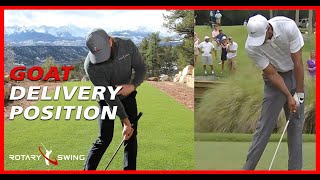
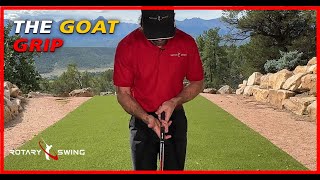
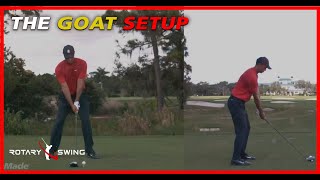
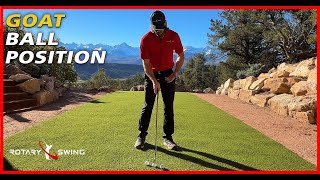
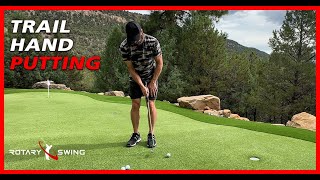
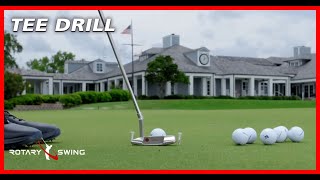
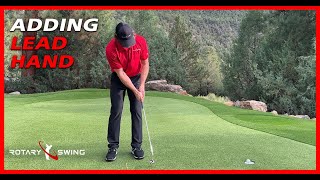
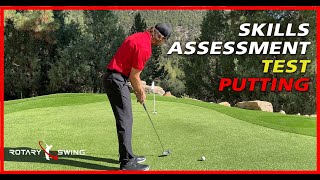
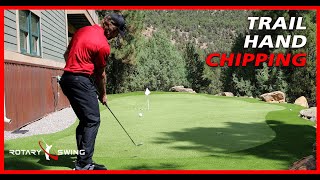
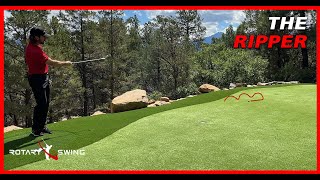
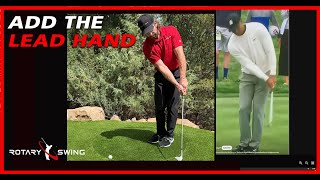
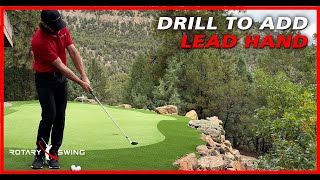
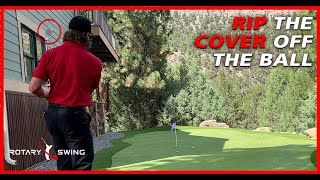
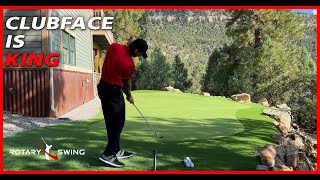
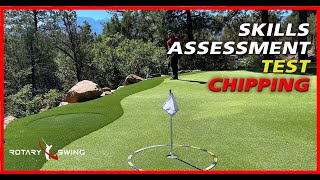

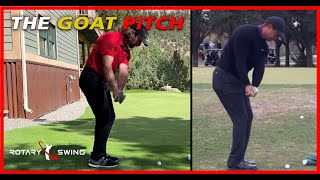
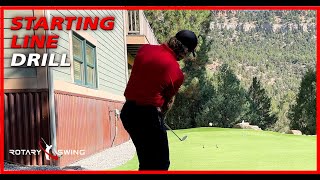
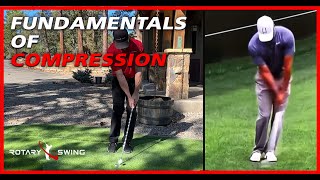
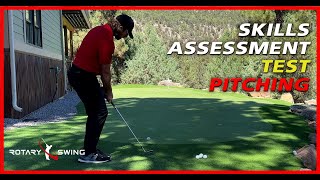
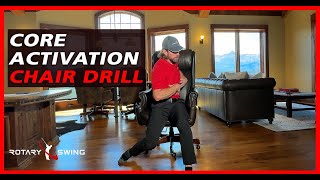
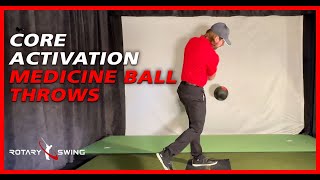
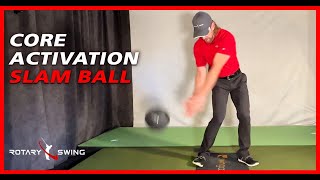
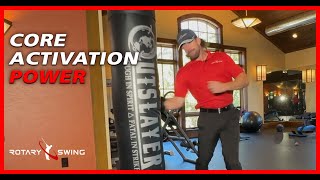
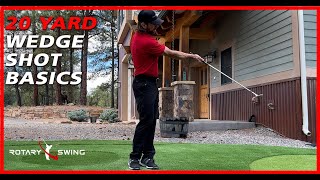
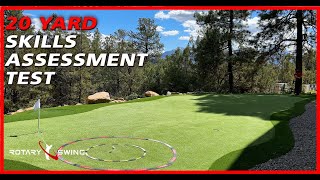
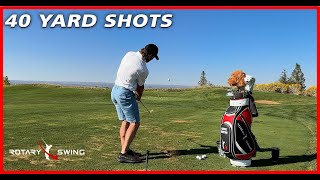
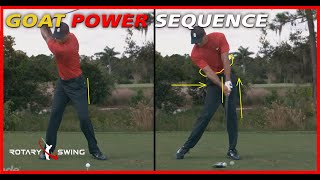
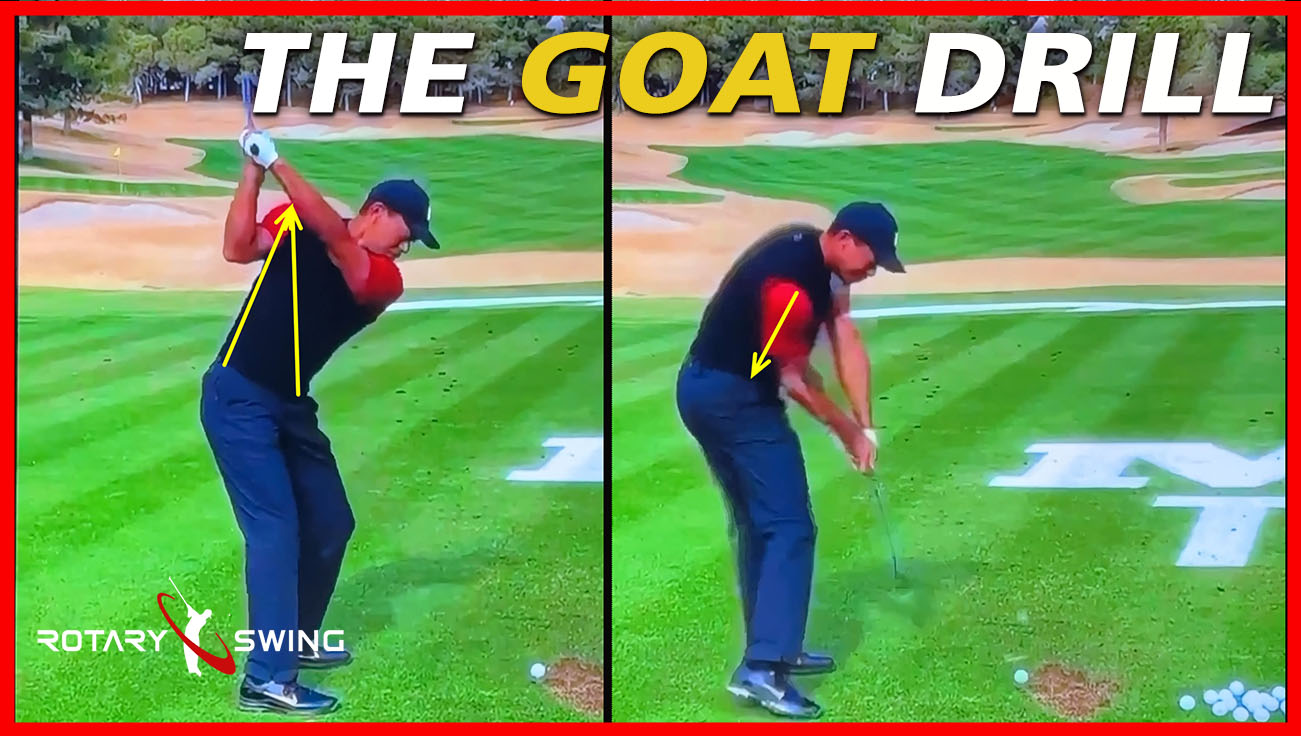
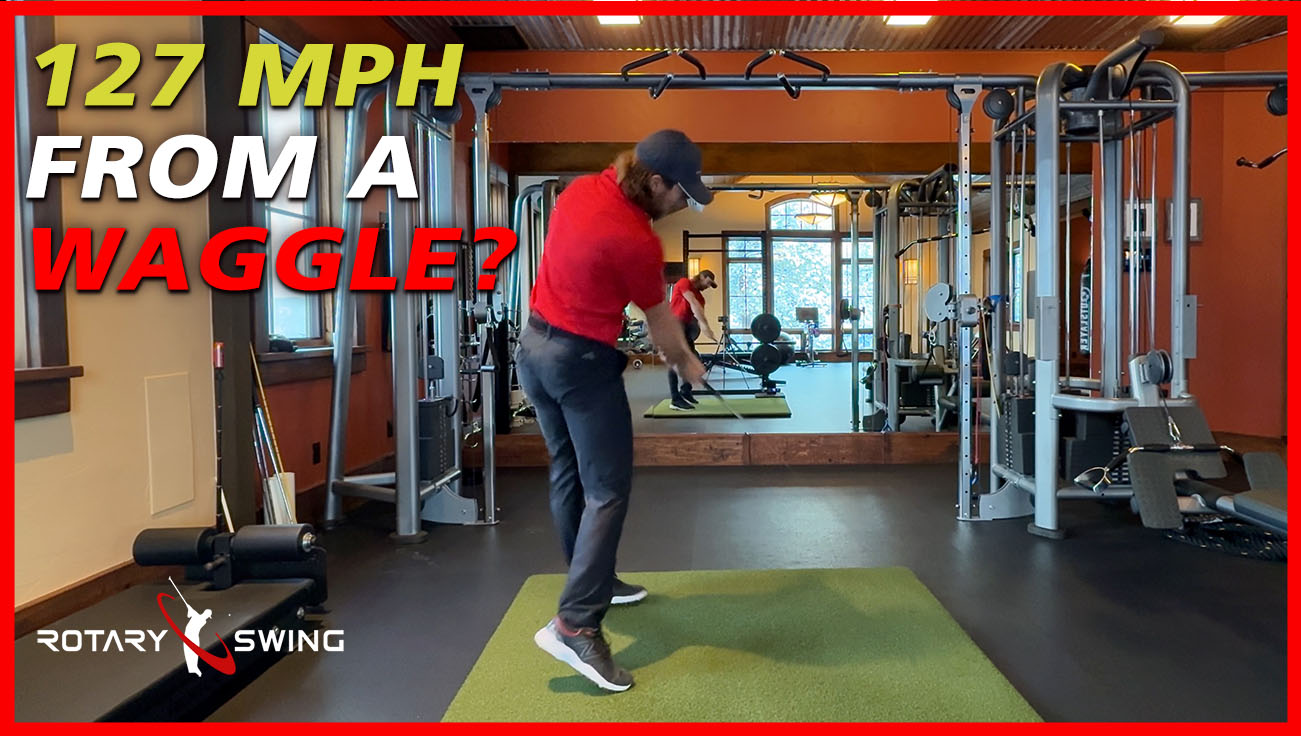
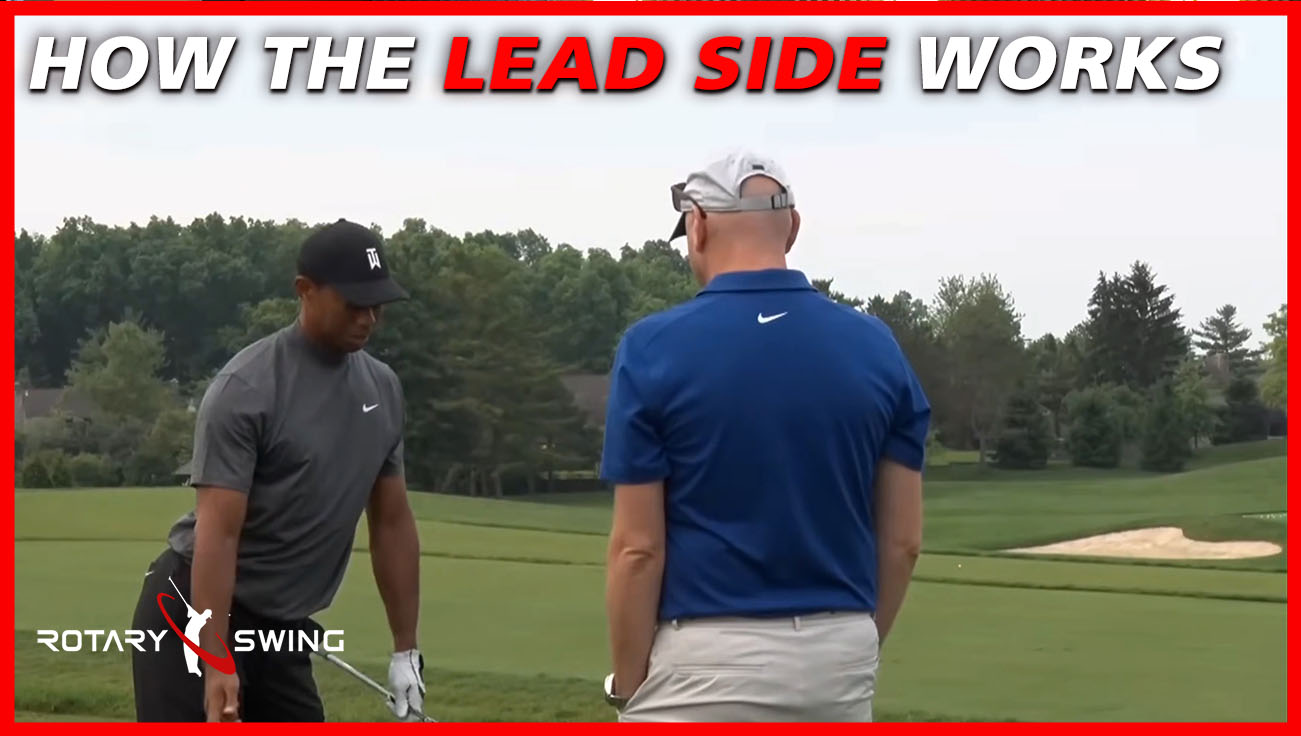
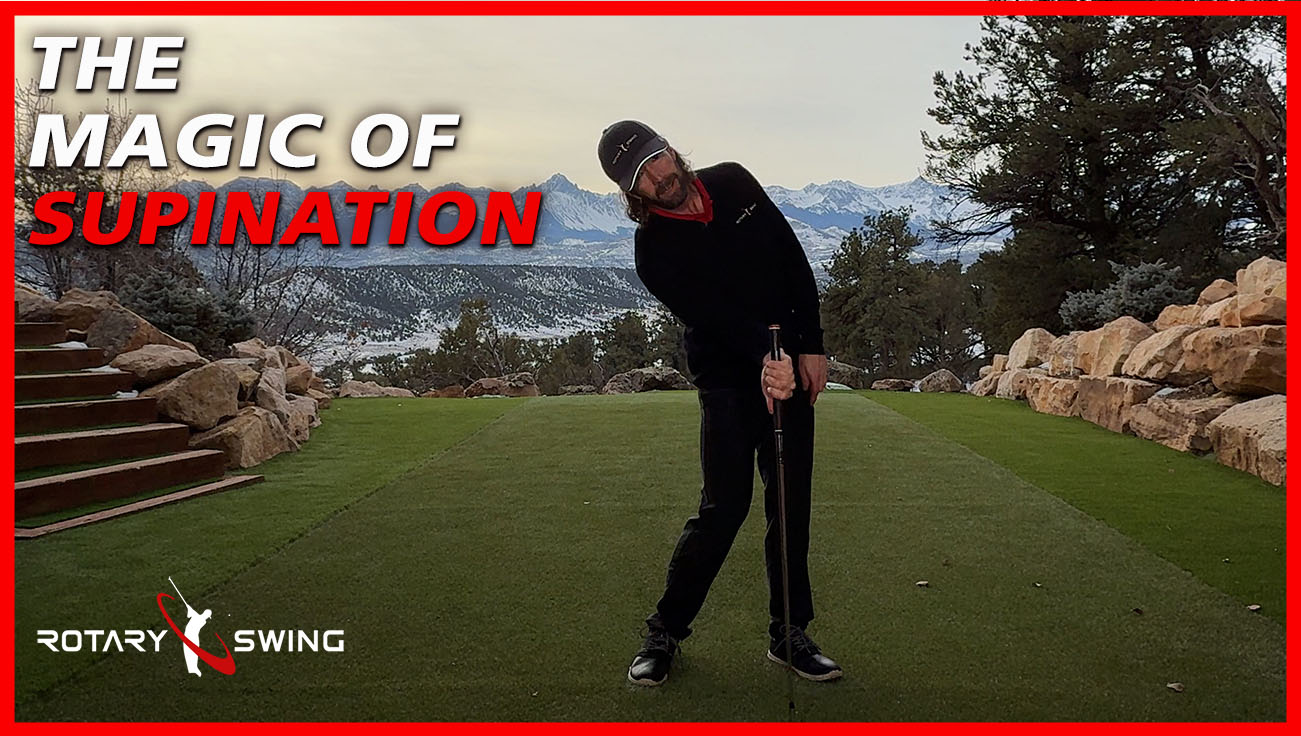
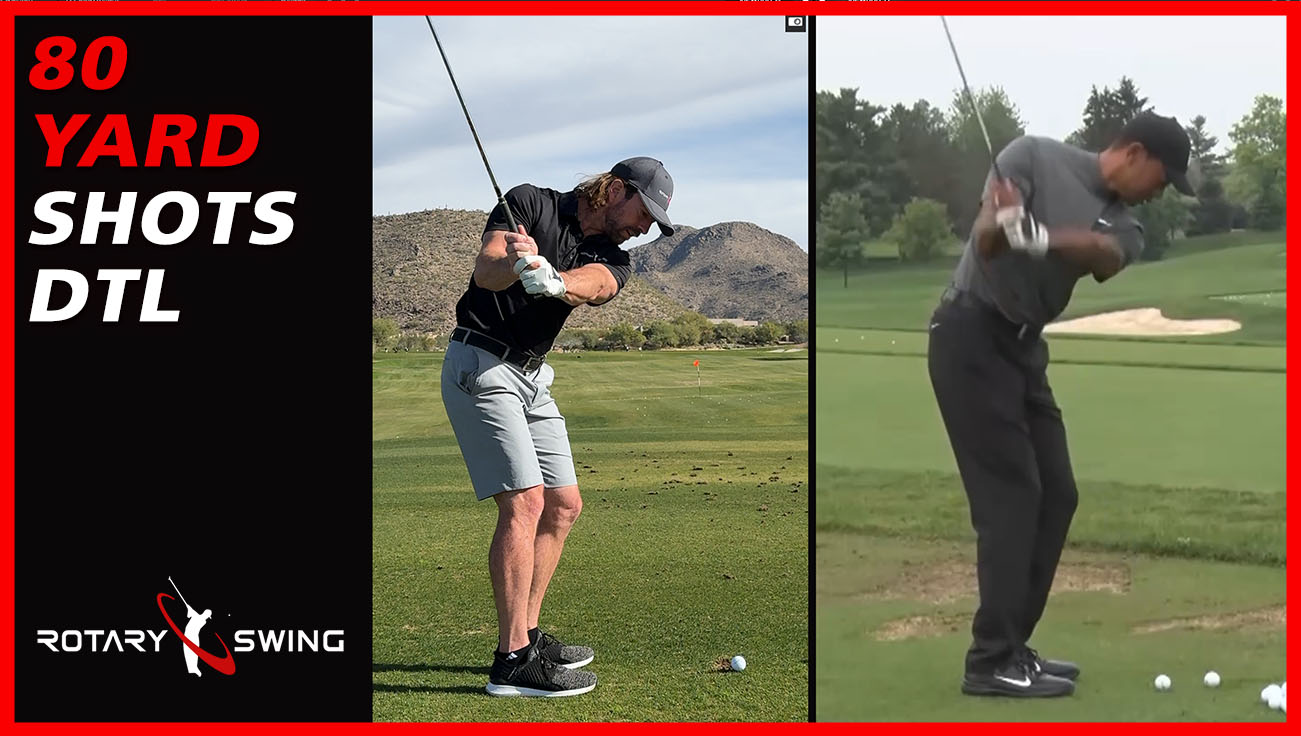
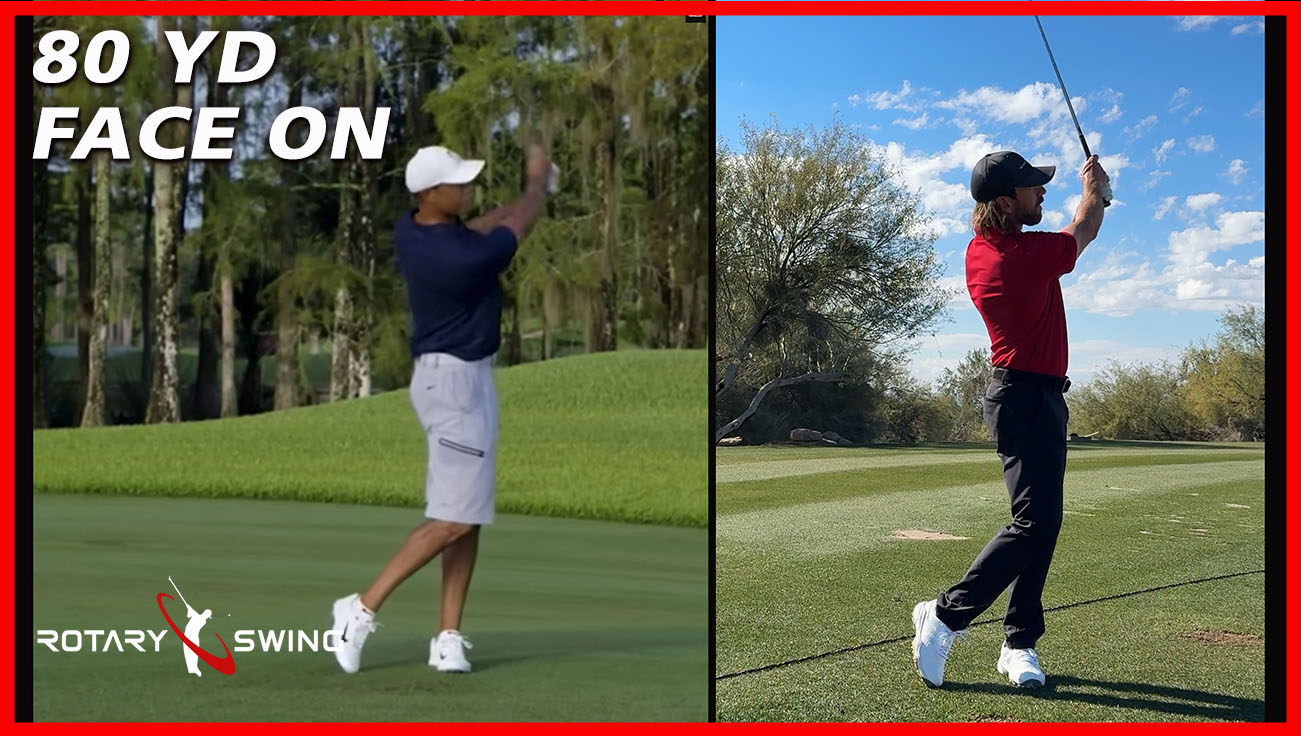
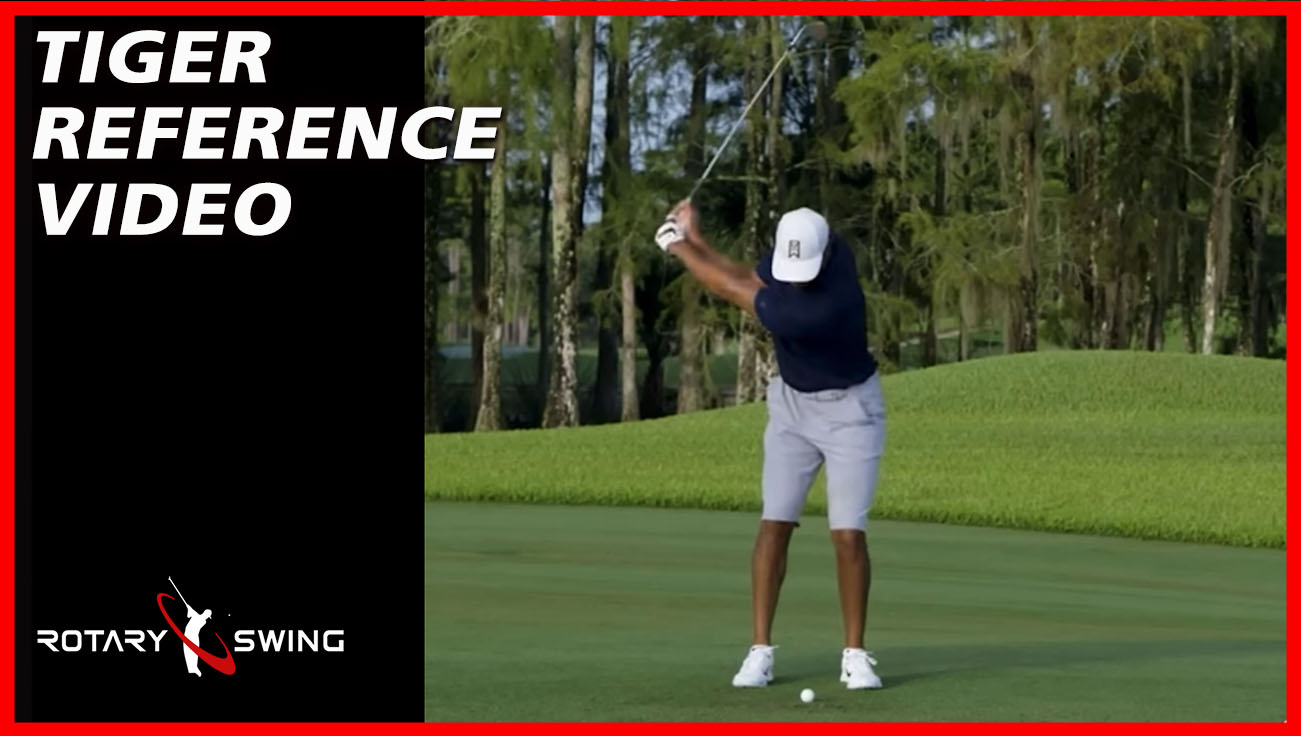
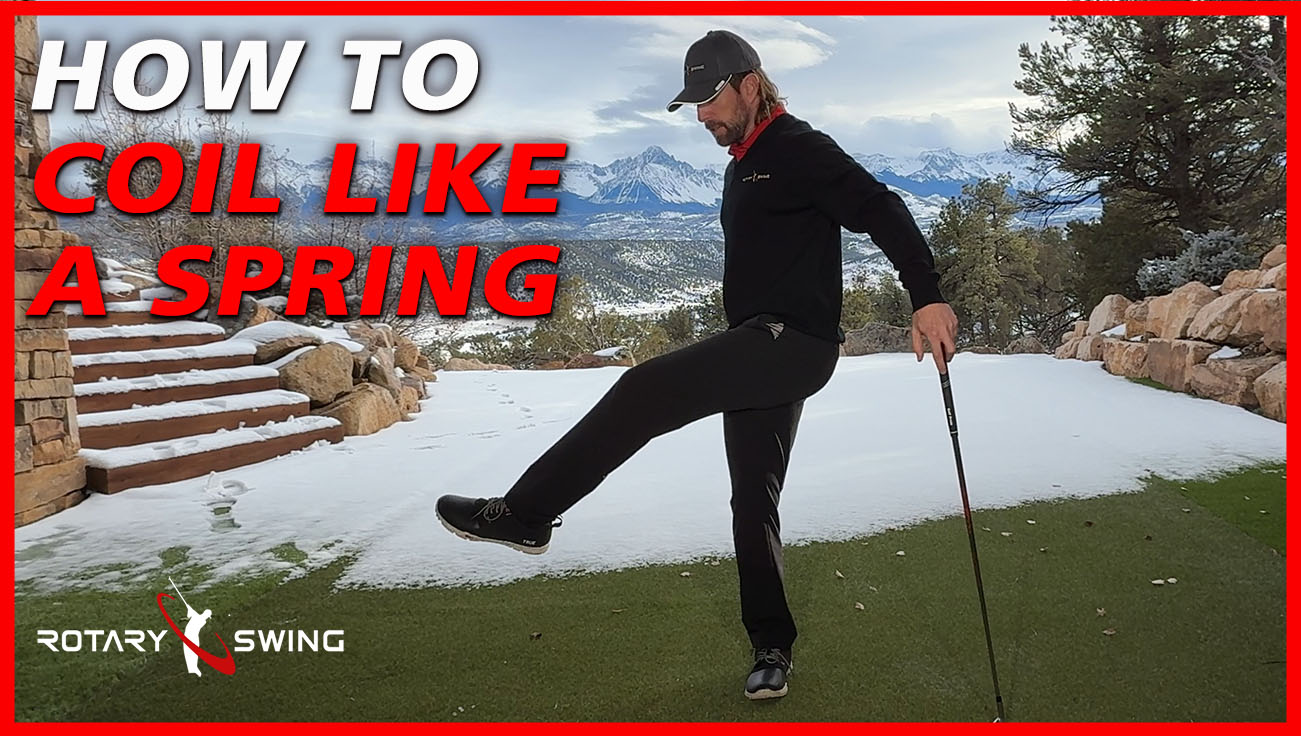
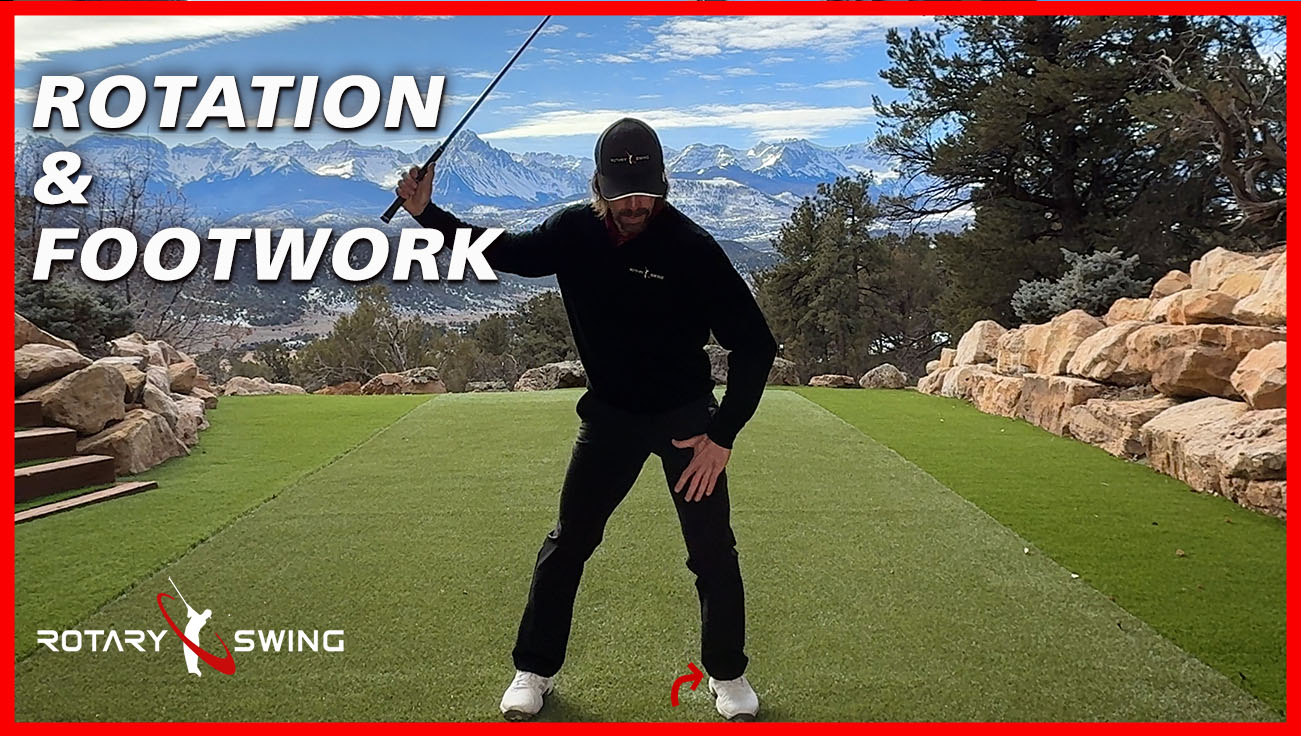
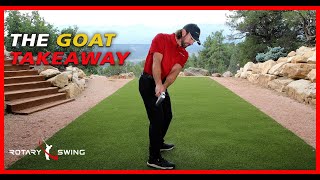

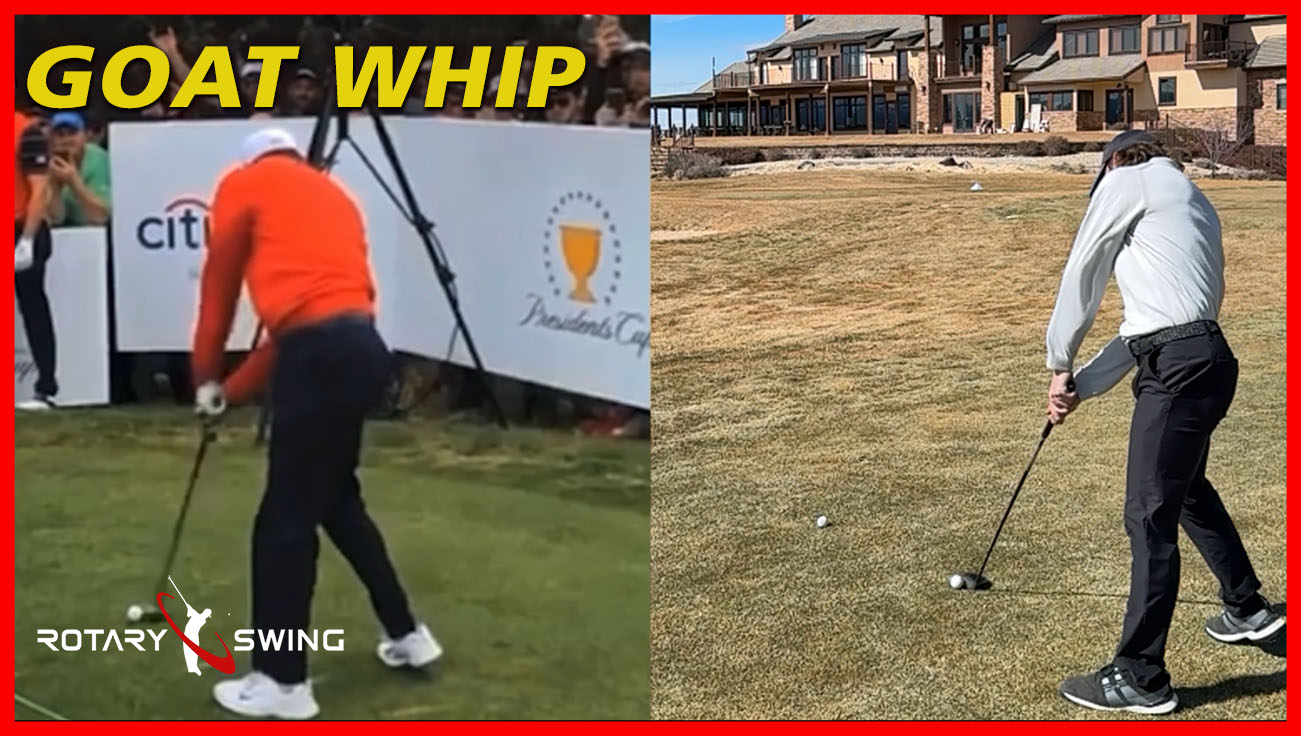
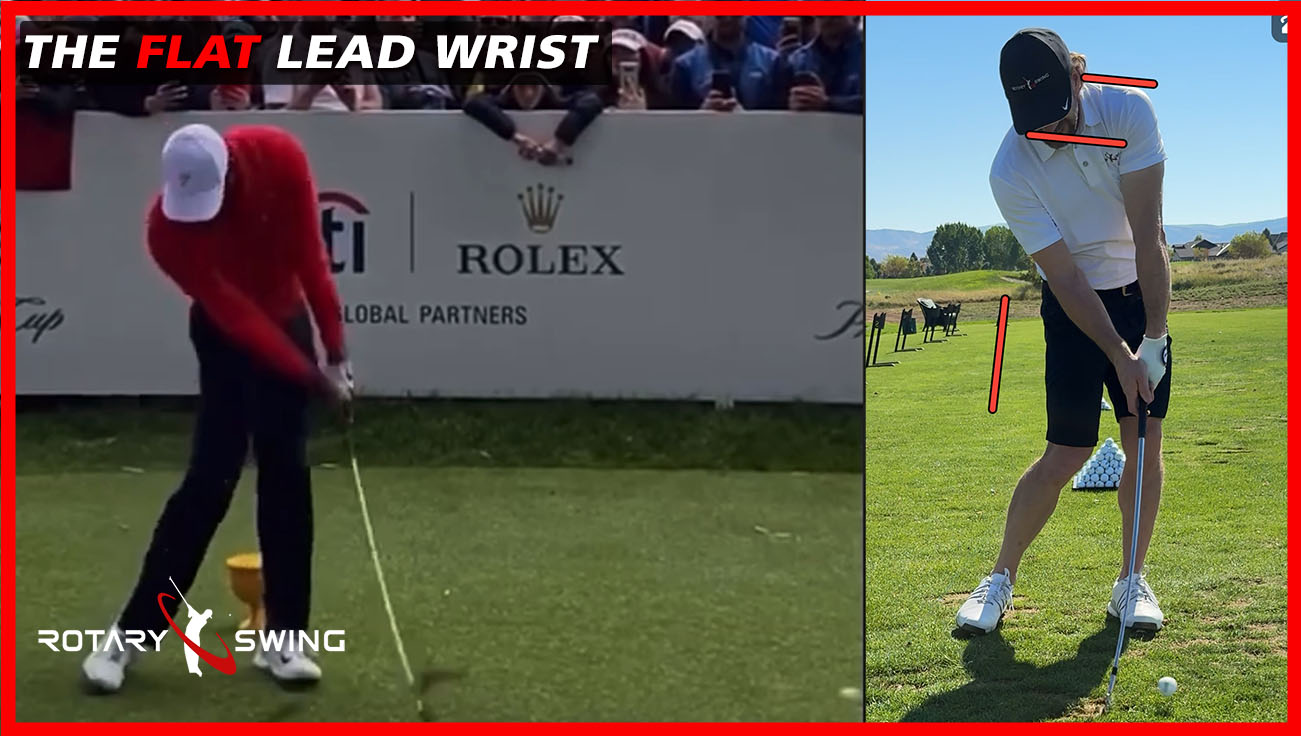
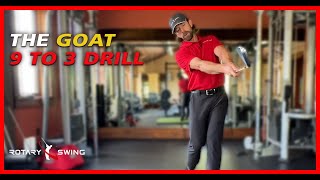
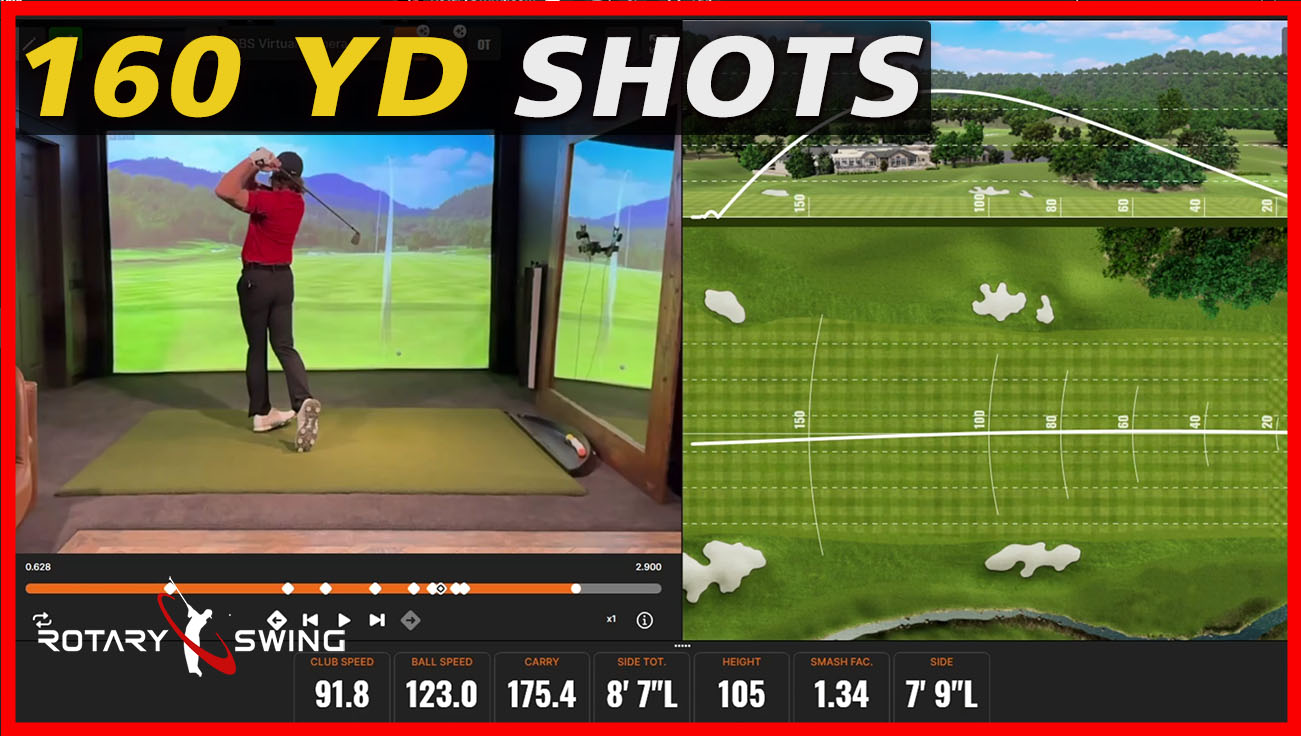

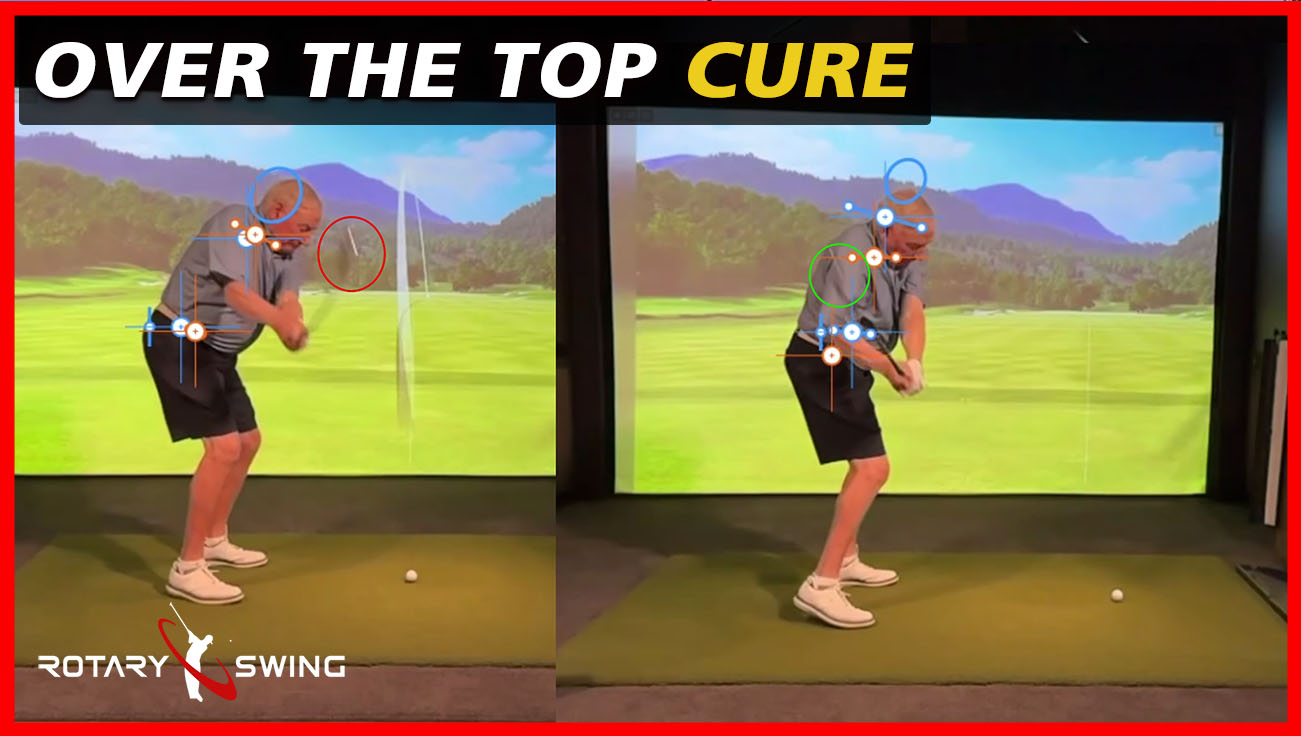
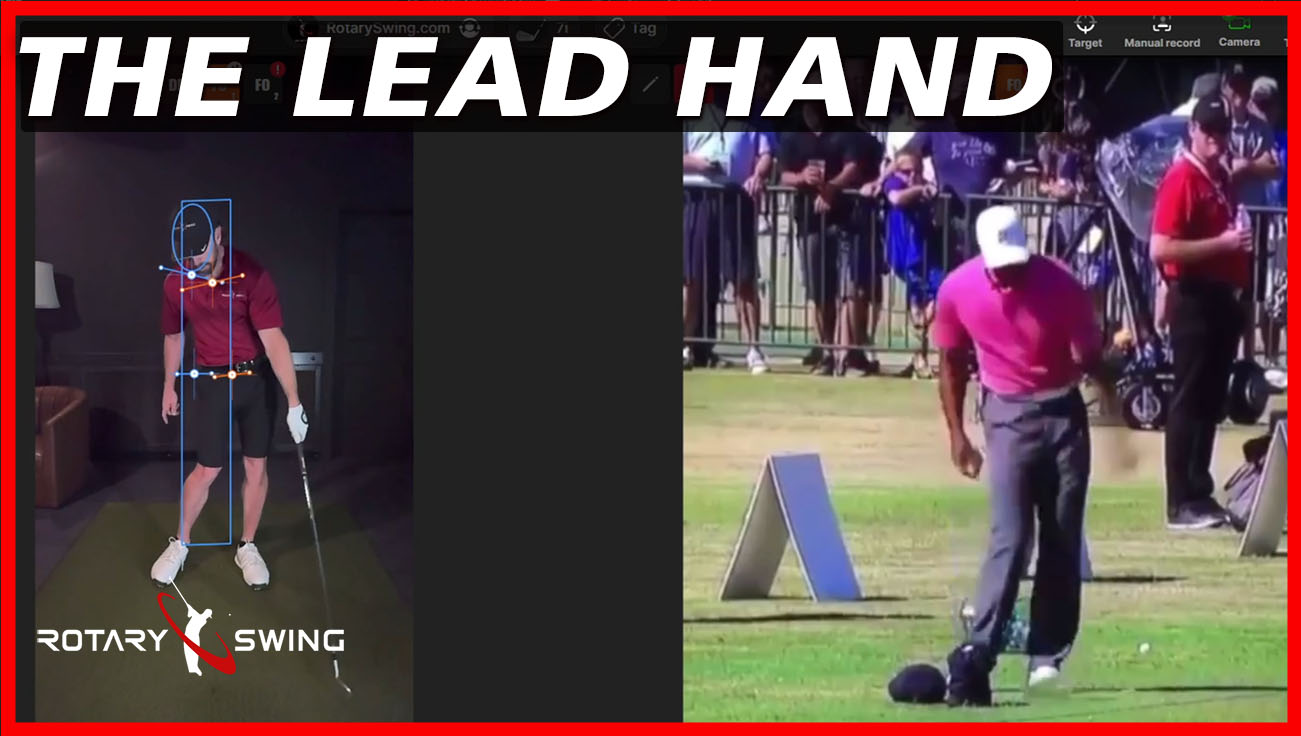
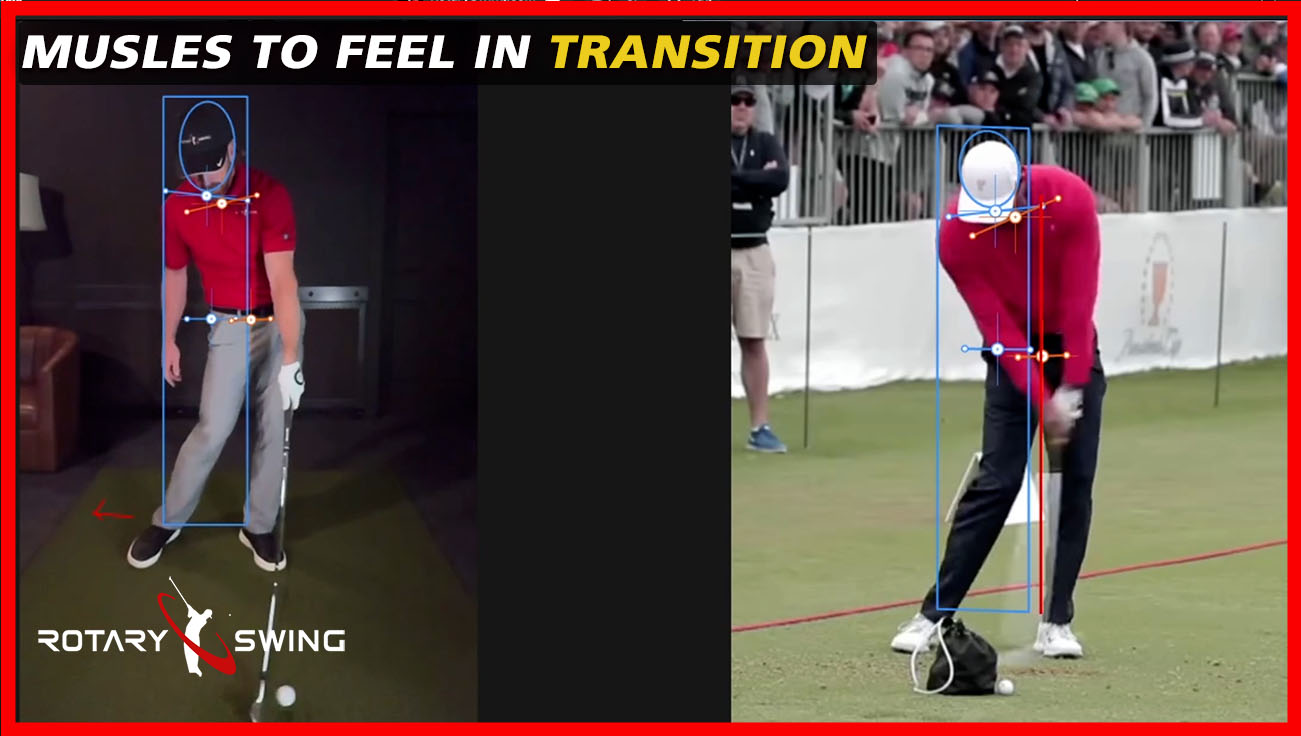
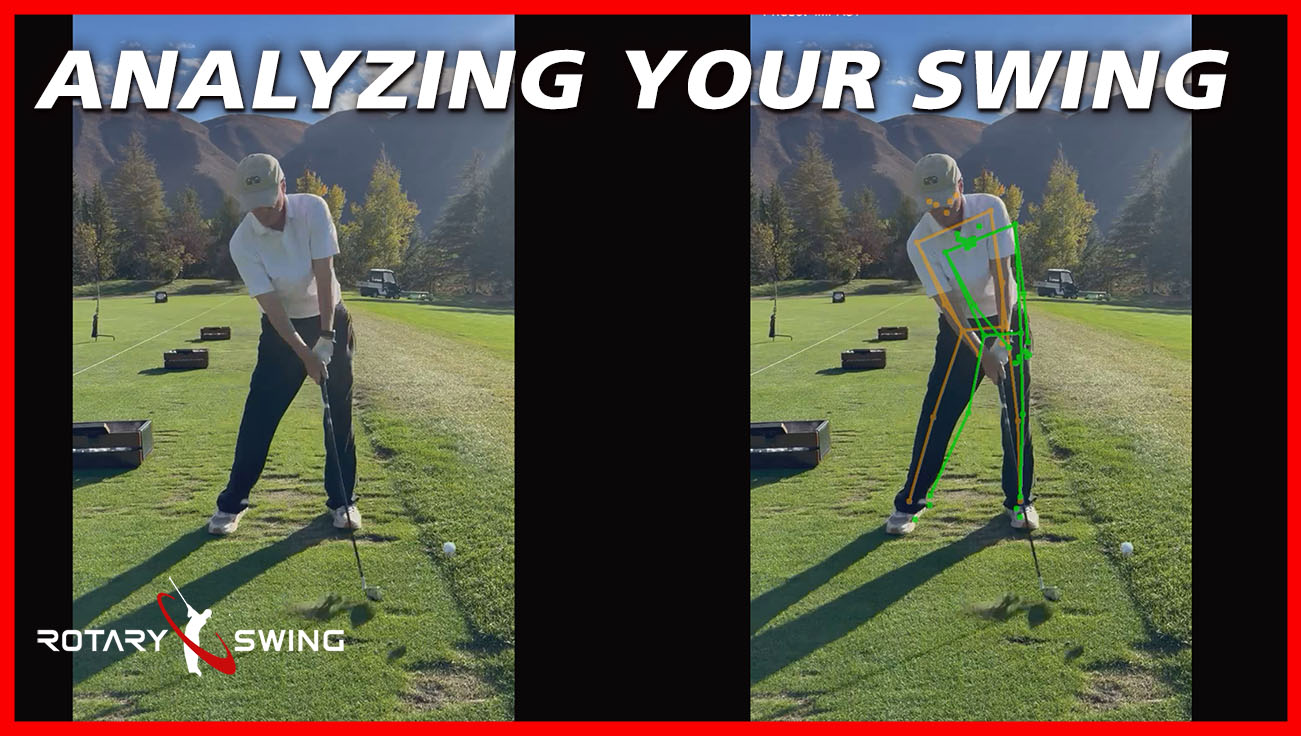
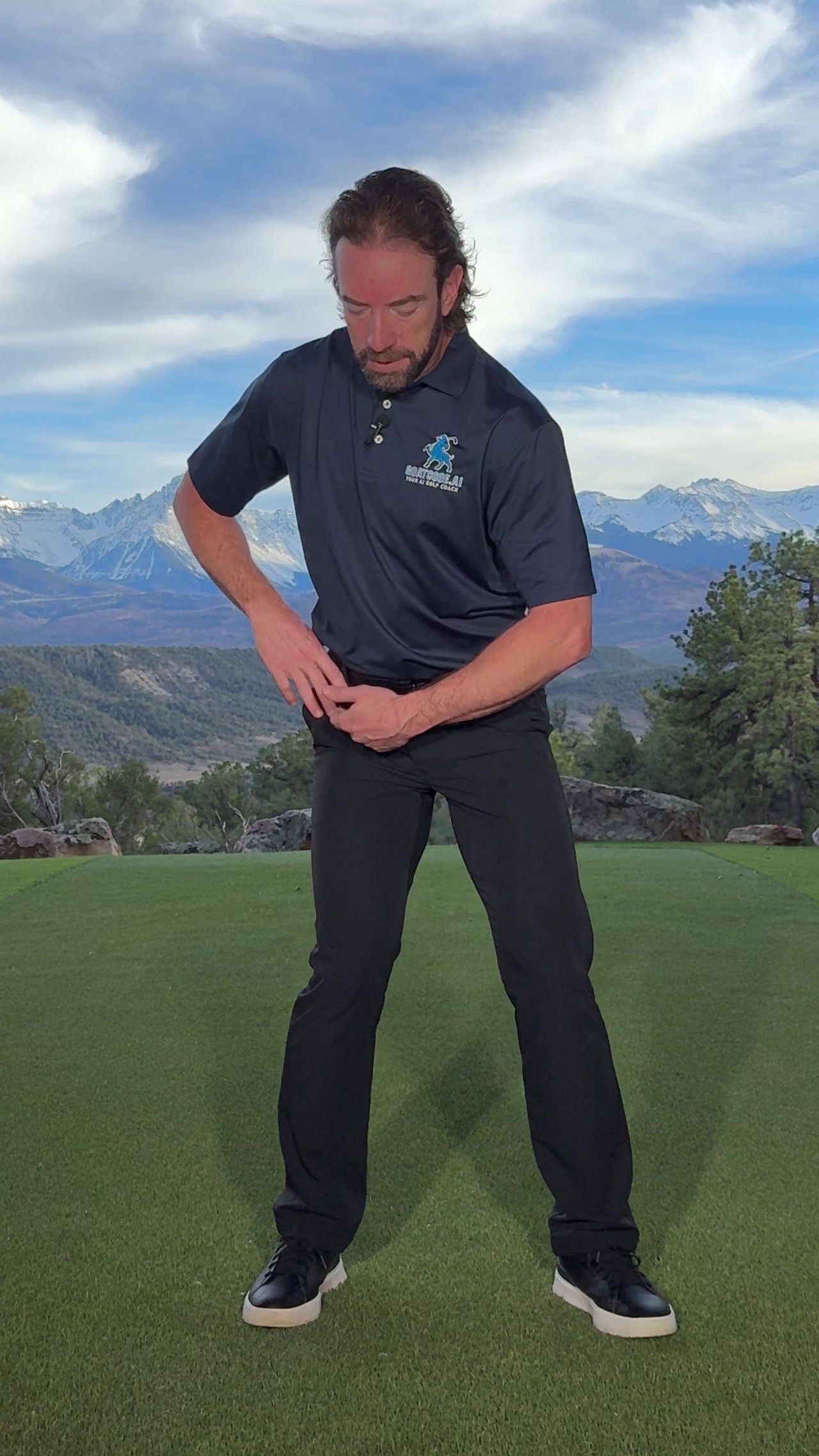
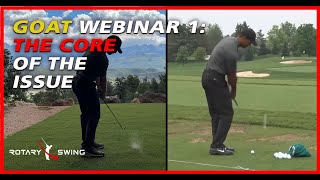
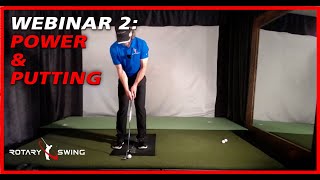
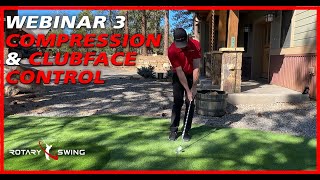
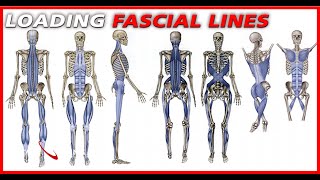
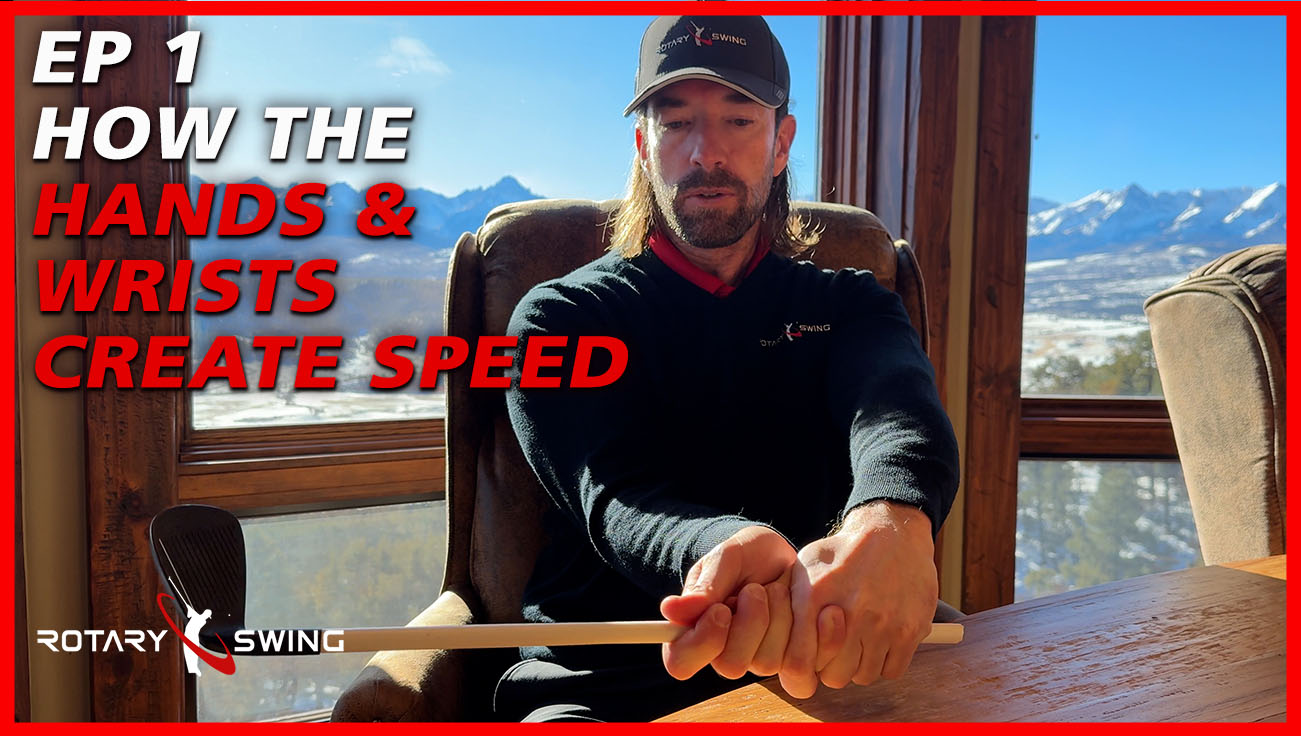

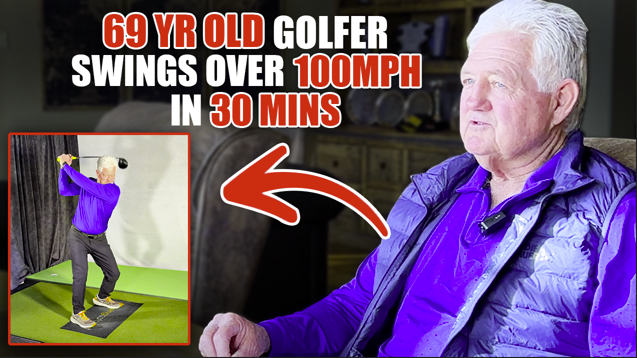
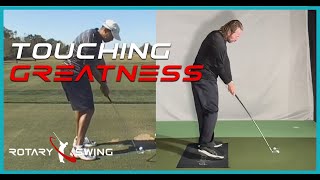
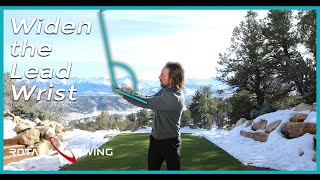
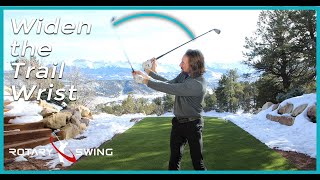
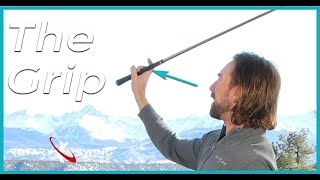
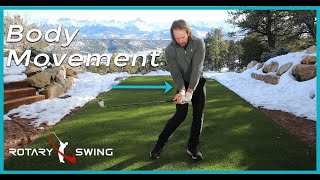

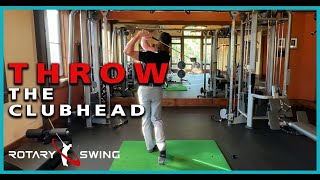
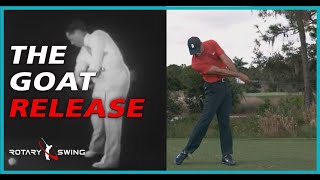
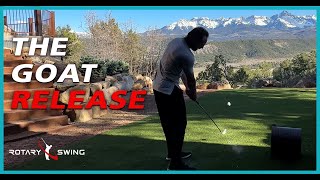
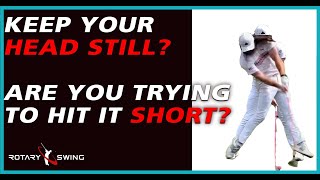
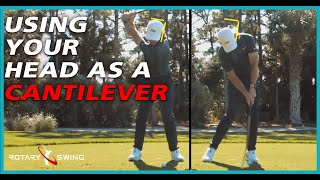
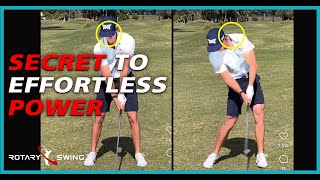
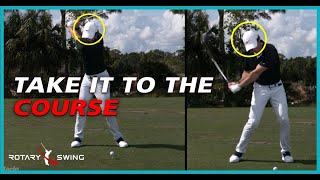
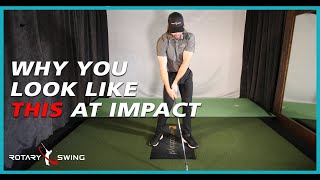
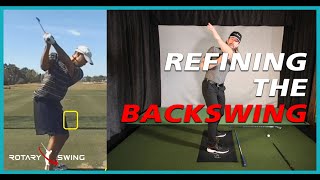
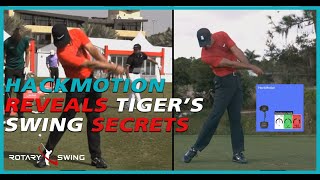
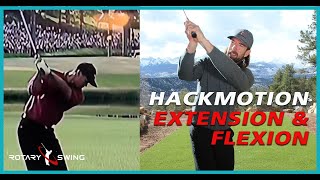
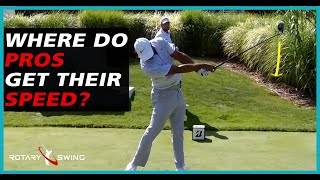
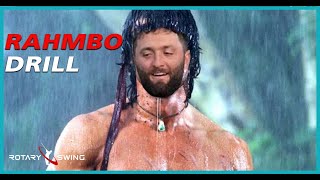
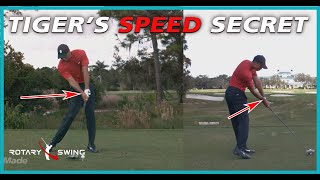
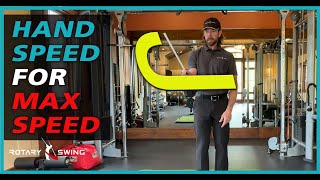
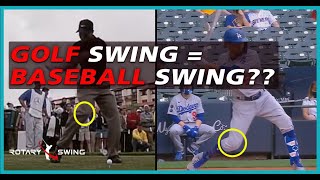

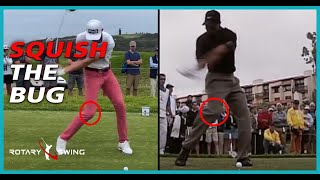
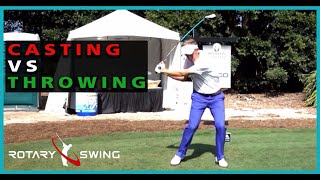
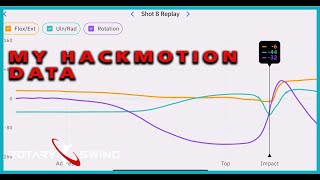
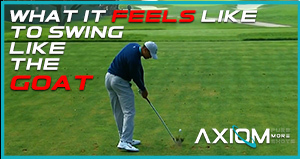
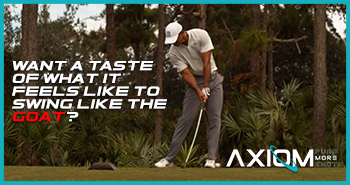
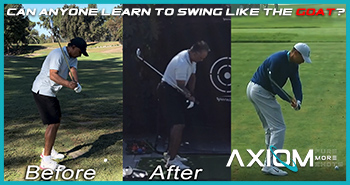

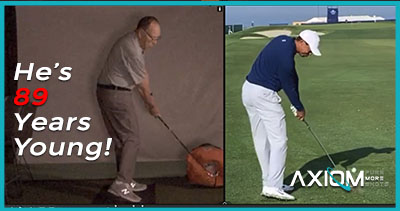
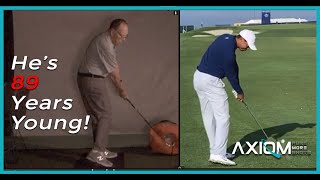

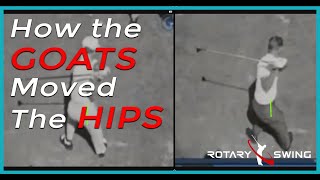
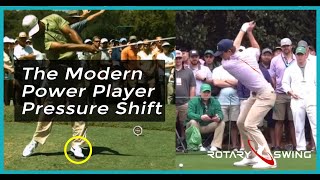
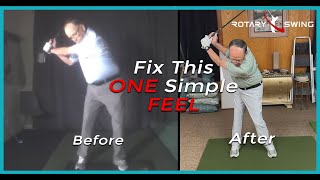
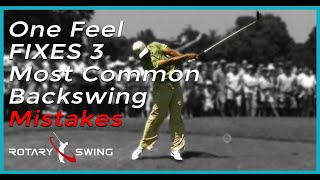
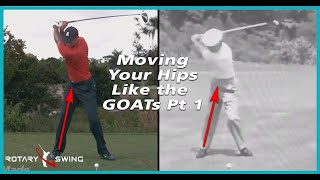
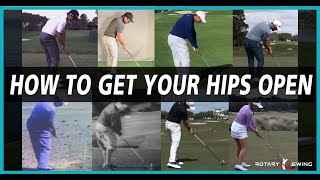
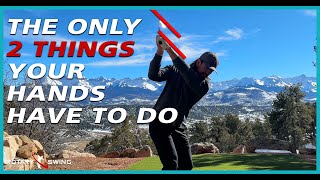
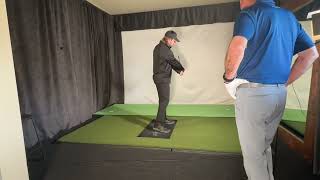
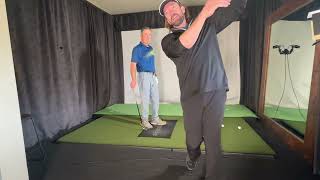
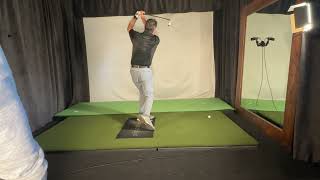
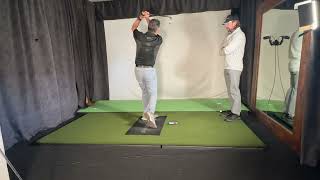
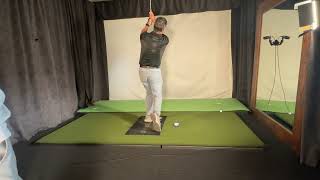
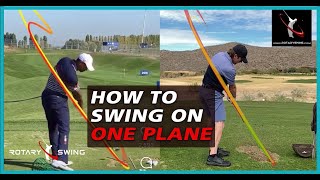
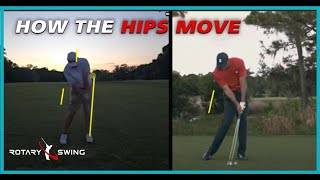
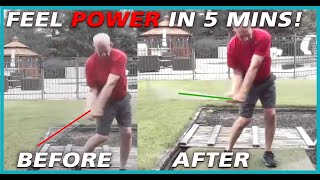
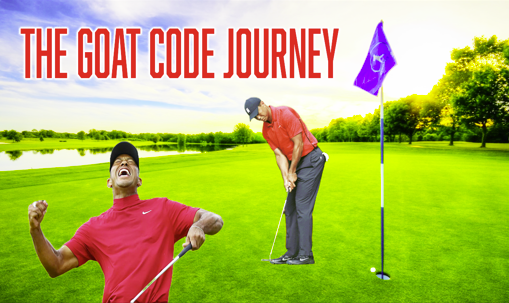
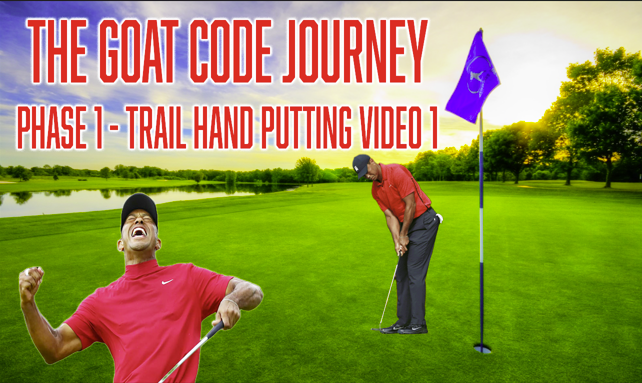
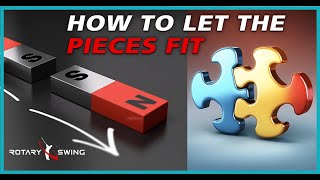

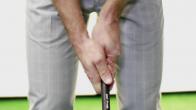
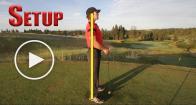
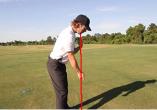
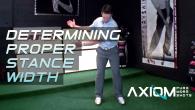
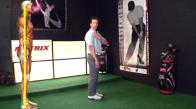
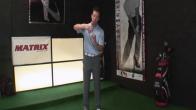
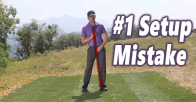

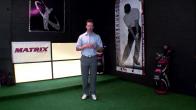
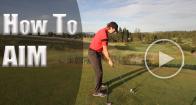
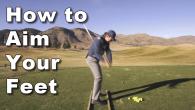
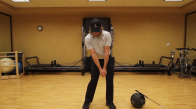
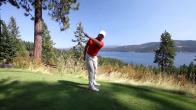
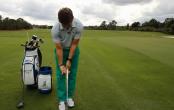
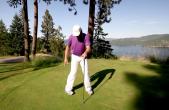
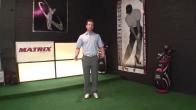
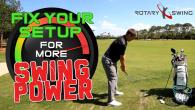

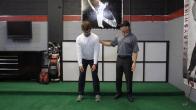
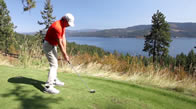
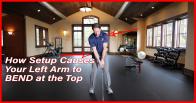
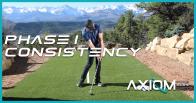
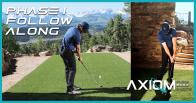
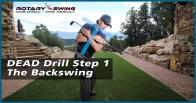
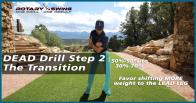
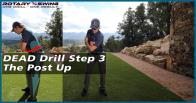

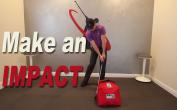
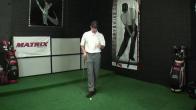
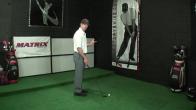
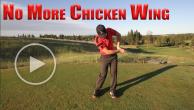
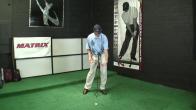
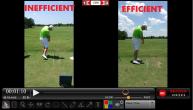
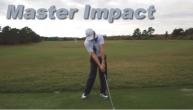
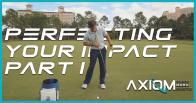
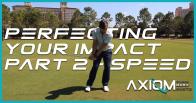
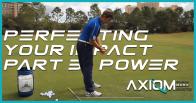
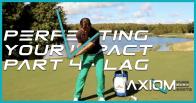
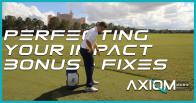
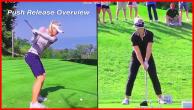
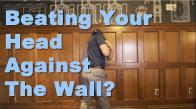
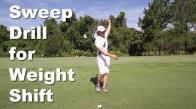
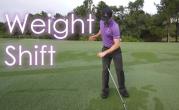
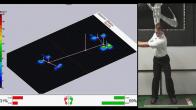
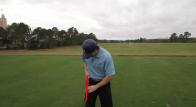
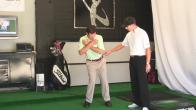
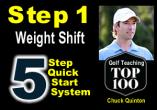
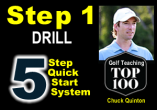
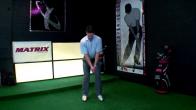
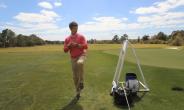
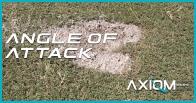
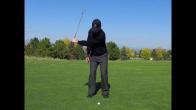
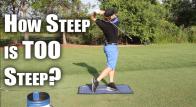
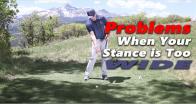
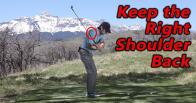
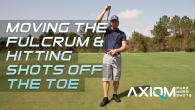
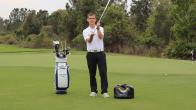
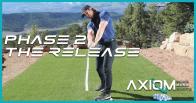
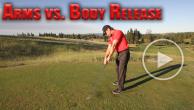
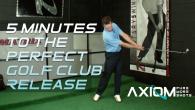
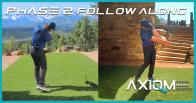
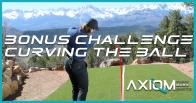
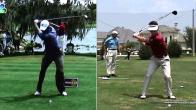
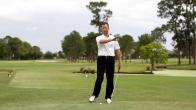
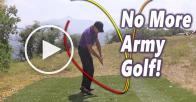
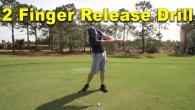
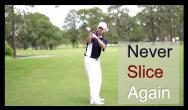
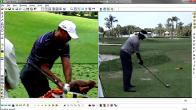
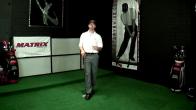
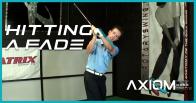
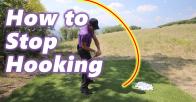
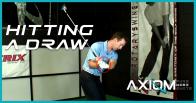
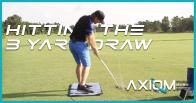
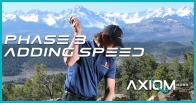
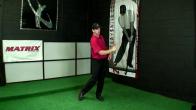
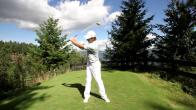
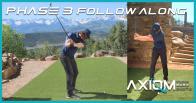
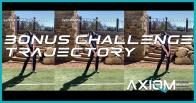
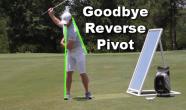
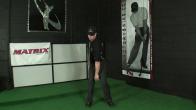
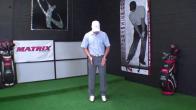
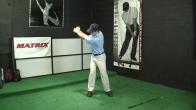
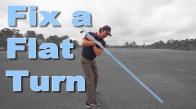
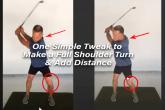
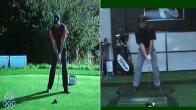
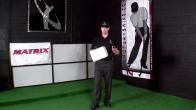
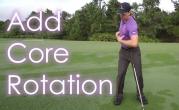
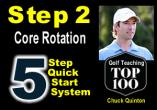
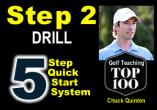
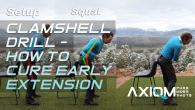
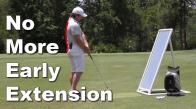
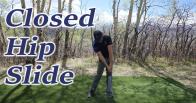

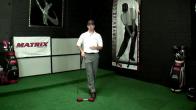
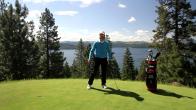
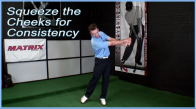
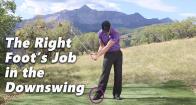
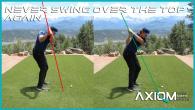
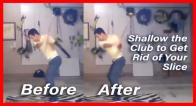
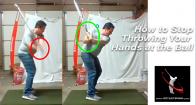
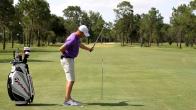
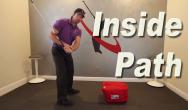
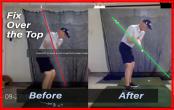
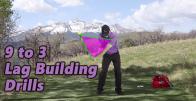
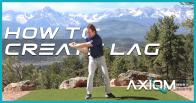
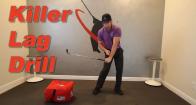
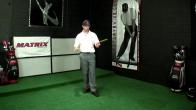
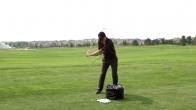
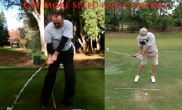
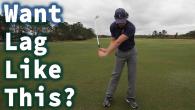
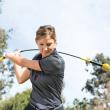
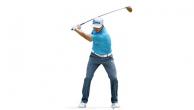
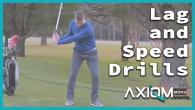
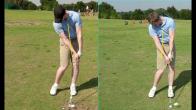
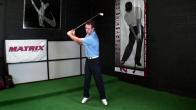
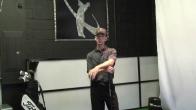
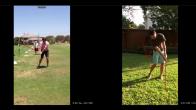

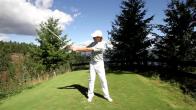
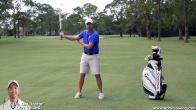
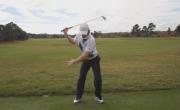
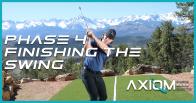
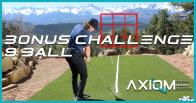
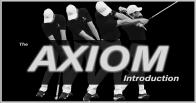

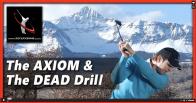
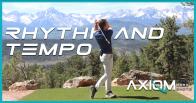
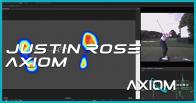
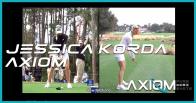
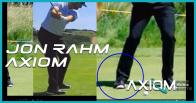

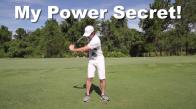
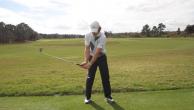
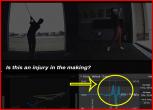
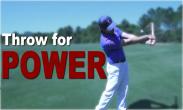
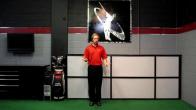
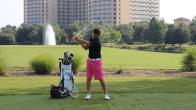

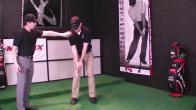
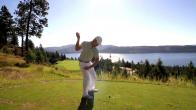

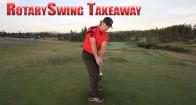

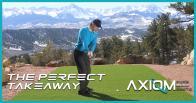
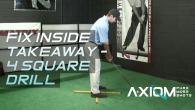
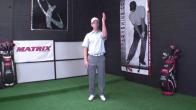
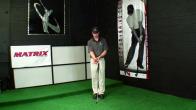



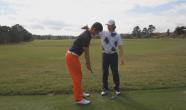
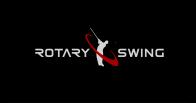
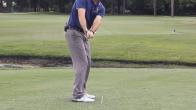
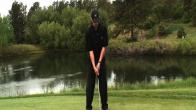
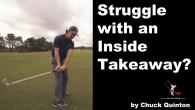
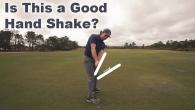
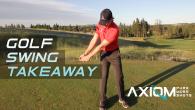
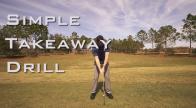
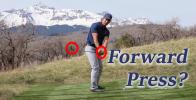
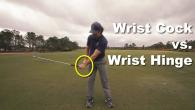
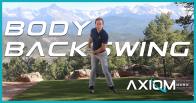
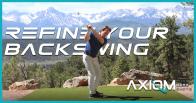
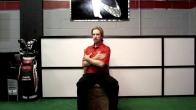
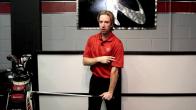
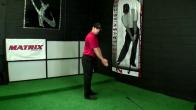
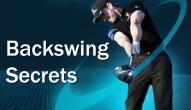
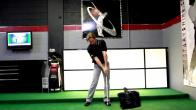

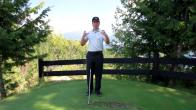
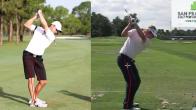
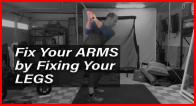
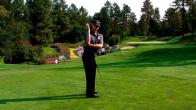
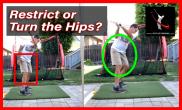
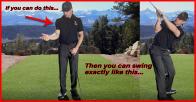
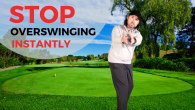
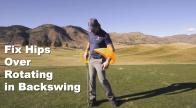
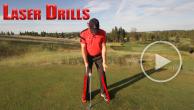
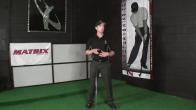
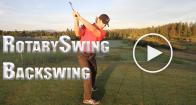
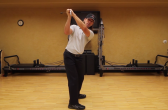
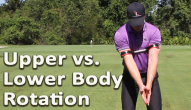
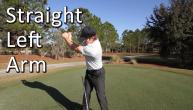
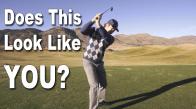
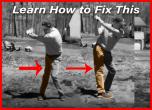
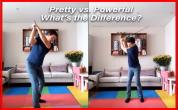
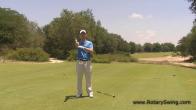
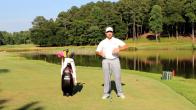
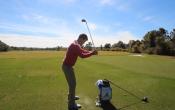


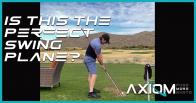
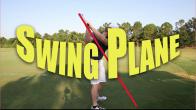
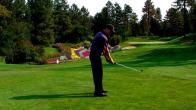
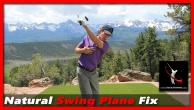
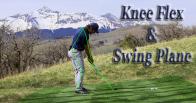
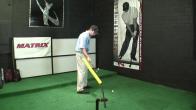
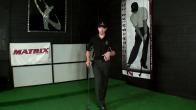
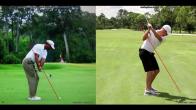

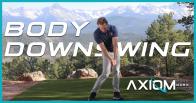

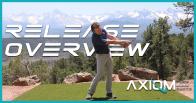
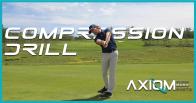
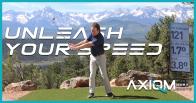
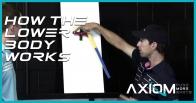
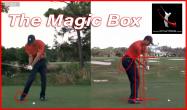
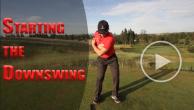
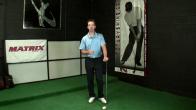
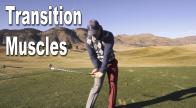
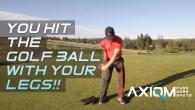
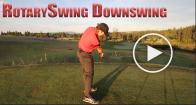
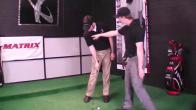
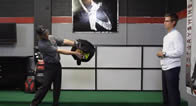
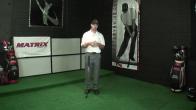
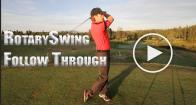
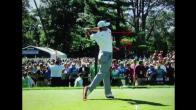
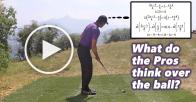
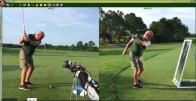

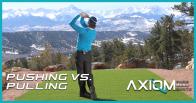
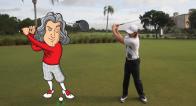
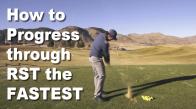
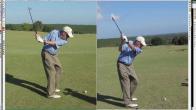
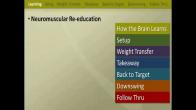
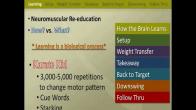
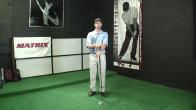
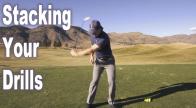
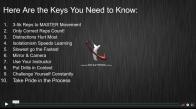
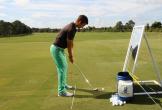
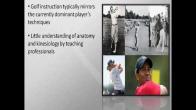
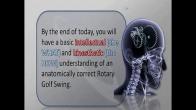
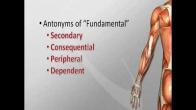
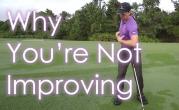
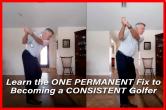
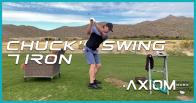
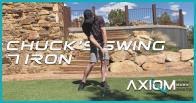
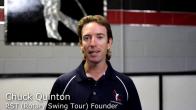

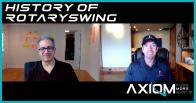
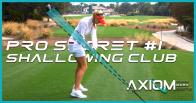
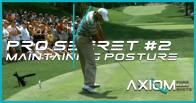
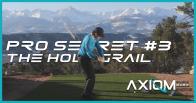
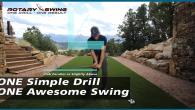
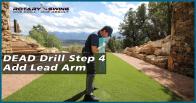
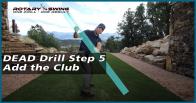
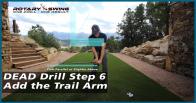
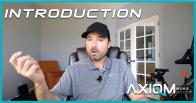
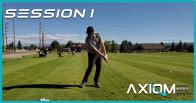
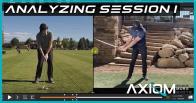
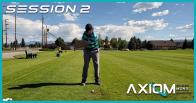
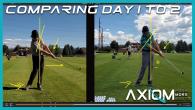
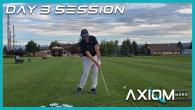

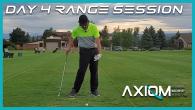
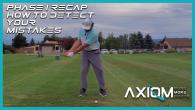
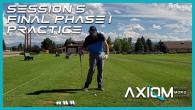
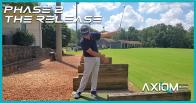
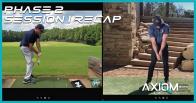
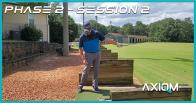
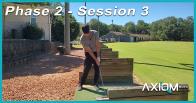
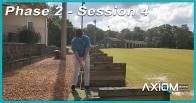
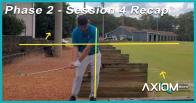
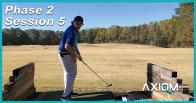
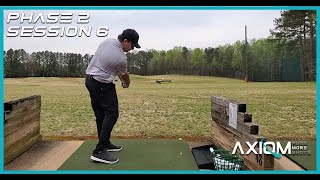
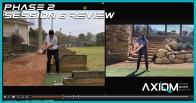
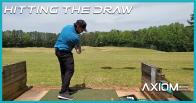

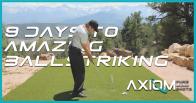
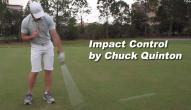
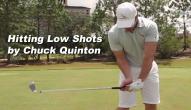

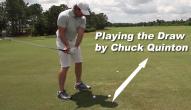
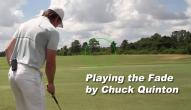

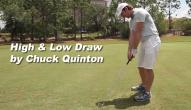
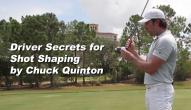
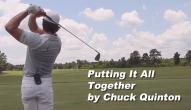
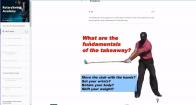
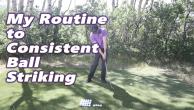
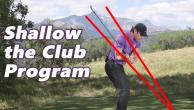
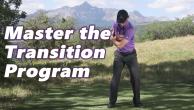
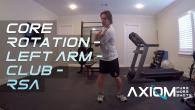
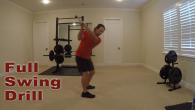
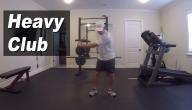
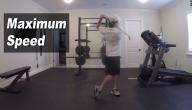
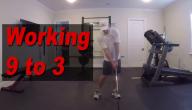
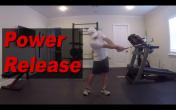
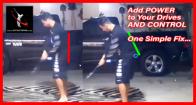
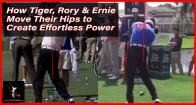
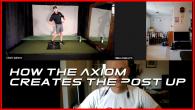
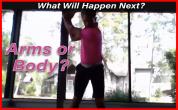
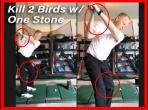
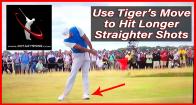
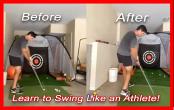
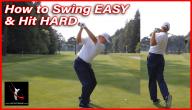
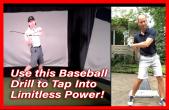
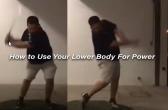
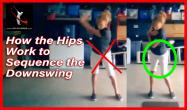
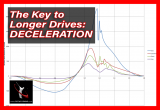
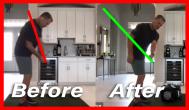
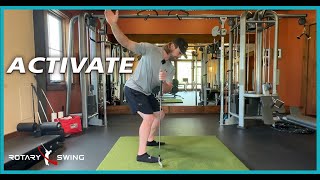
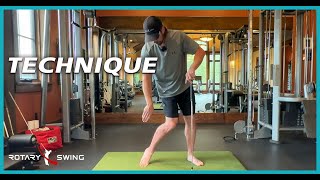
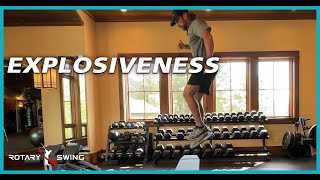
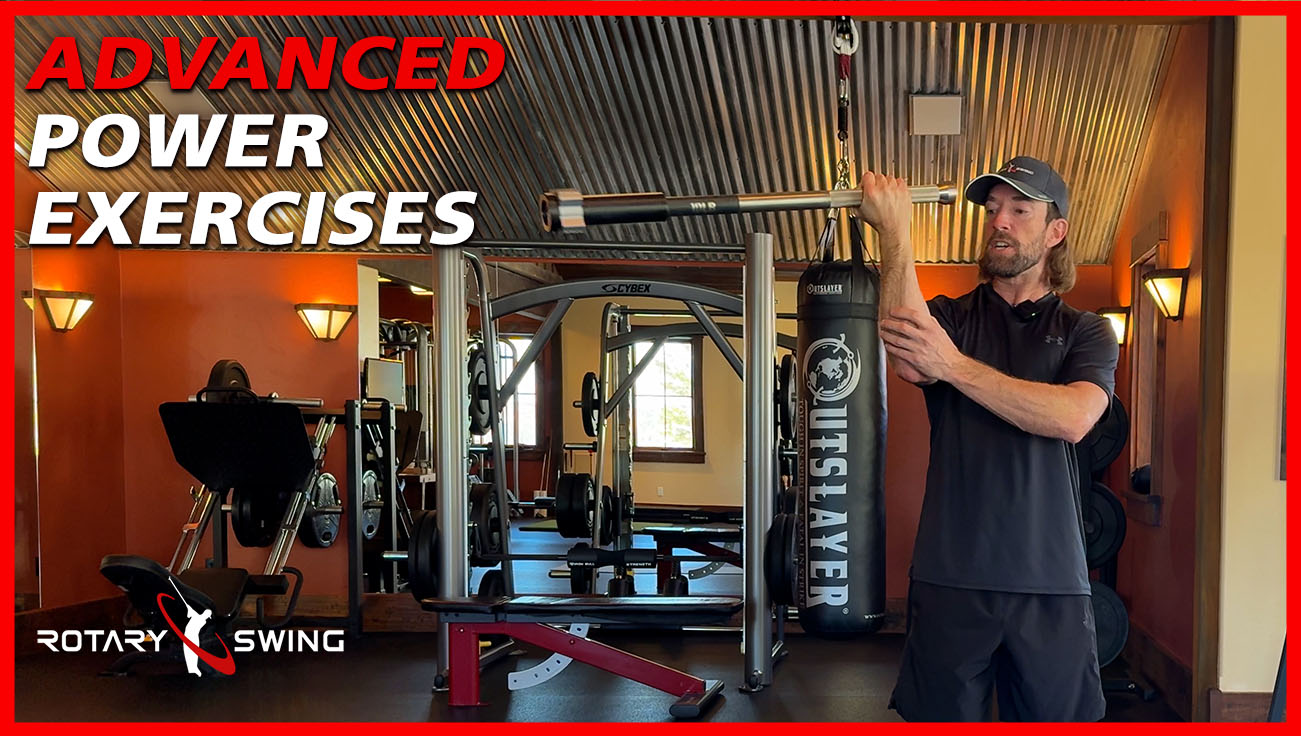
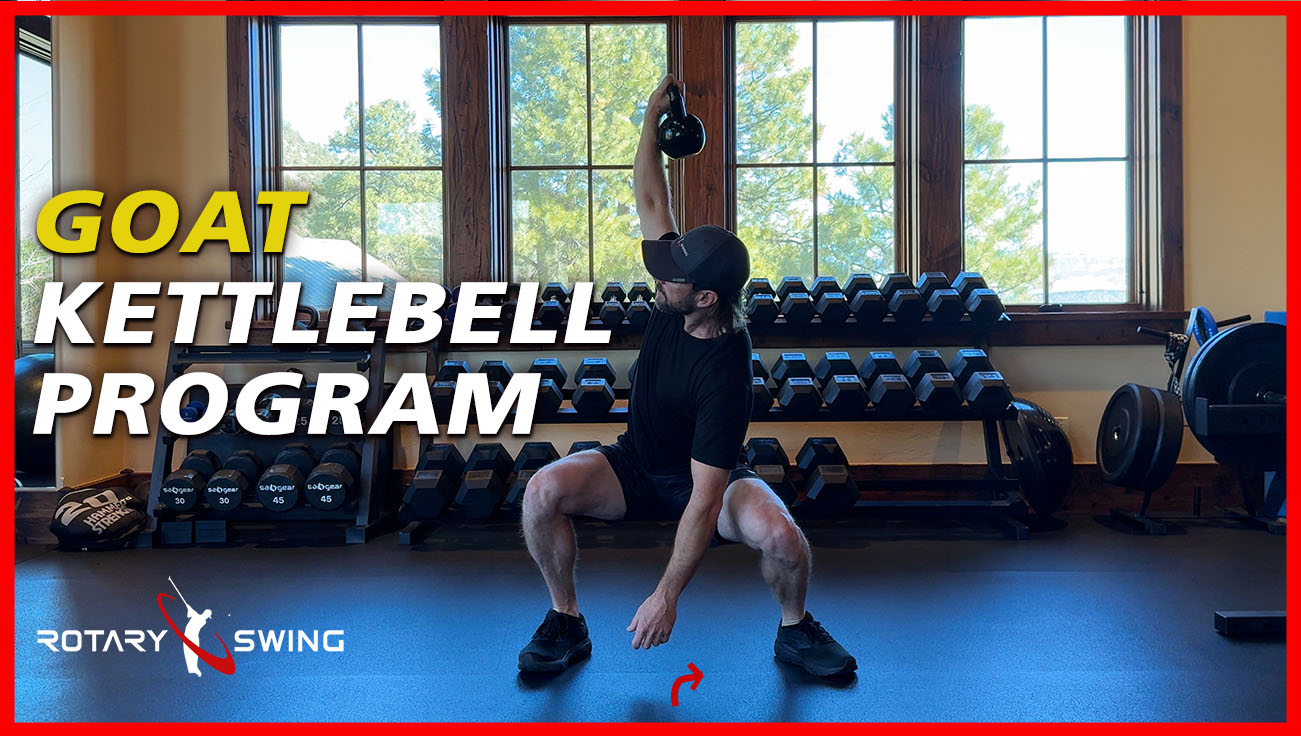

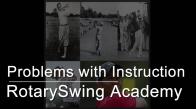
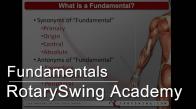
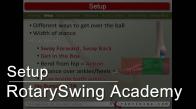
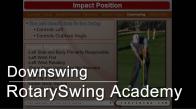
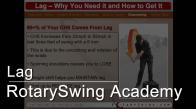
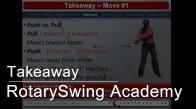
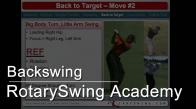
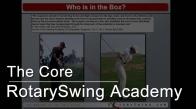
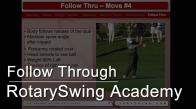

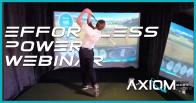
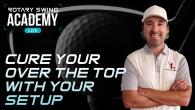
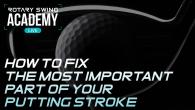
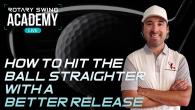
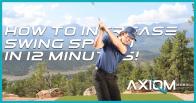
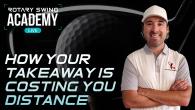
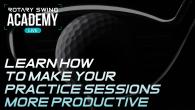
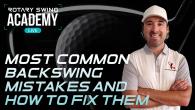
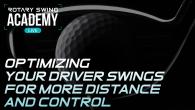
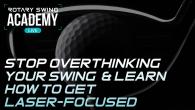


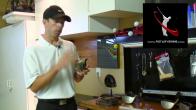
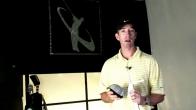
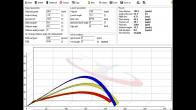
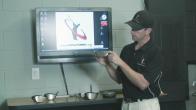
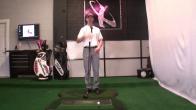
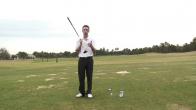
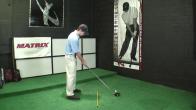

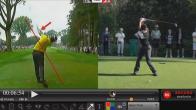
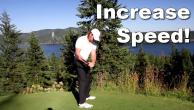
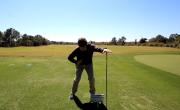

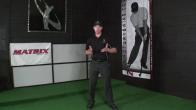
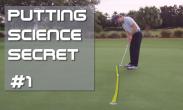
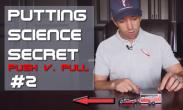
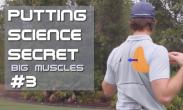
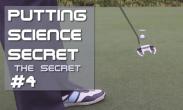
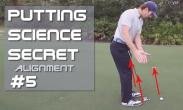
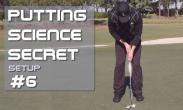
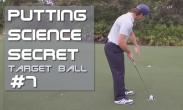
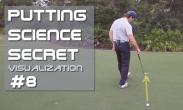
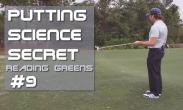
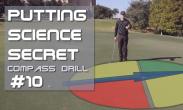
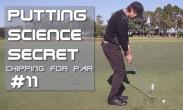
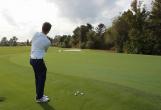

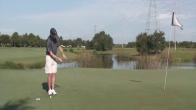
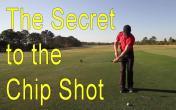
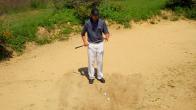
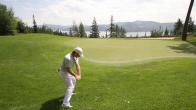
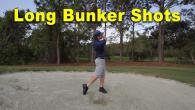
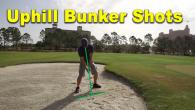
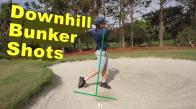
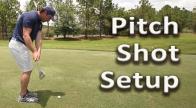
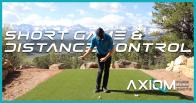
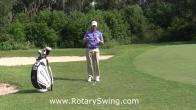
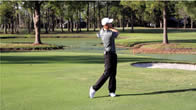
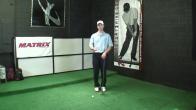
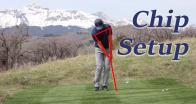

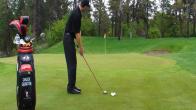
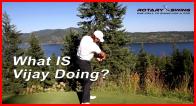
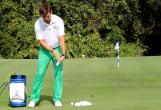




William
Craig (Certified RST Instructor)
Robert
Craig (Certified RST Instructor)
Bill
Craig (Certified RST Instructor)
Mehul
Craig (Certified RST Instructor)
Ian
Craig (Certified RST Instructor)
Ian